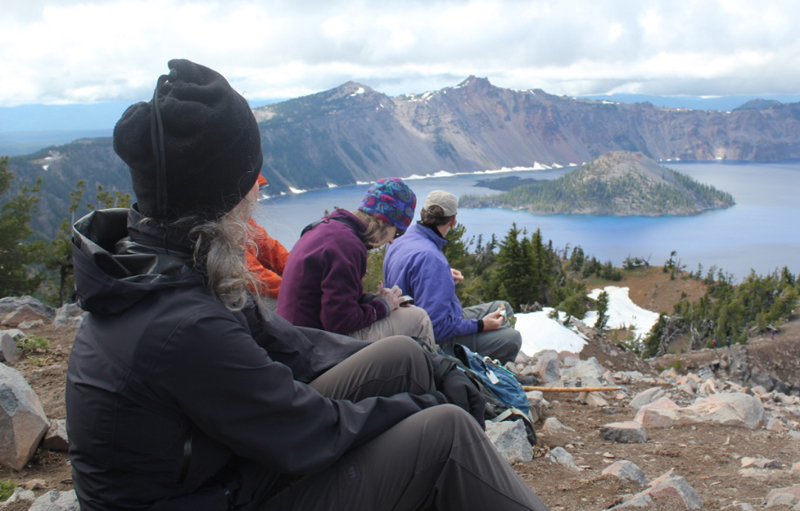
Trip Report:
Volunteer Leader: Mark Hougardy | Date: June 12, 2016 | Duration: 3 Days
Participants: 10 | Group: Eugene-based Hiking Club | Hiking 5 miles (1,000-foot elevation loss/gain) | Type: Day Hike and Camping
On this trip, Mother Nature reminded our group of nine that she is always in control, and she reminded two members of our group to remember the tent!
Our original itinerary had to be re-worked because of a late July storm, but the unusually cold weather added an extra element of adventure and excitement.
Everyone arrived in great spirits on Saturday, though we knew that rain was on the horizon. Unfortunately, two members of the group had – in their enthusiasm – unexpectedly left their tent at home. Undeterred by the unfortunate error they purchased a tent at the campground store – for a good deal of course! The skies that afternoon were clear and we made good use of the sun by hiking to Garfield Peak.
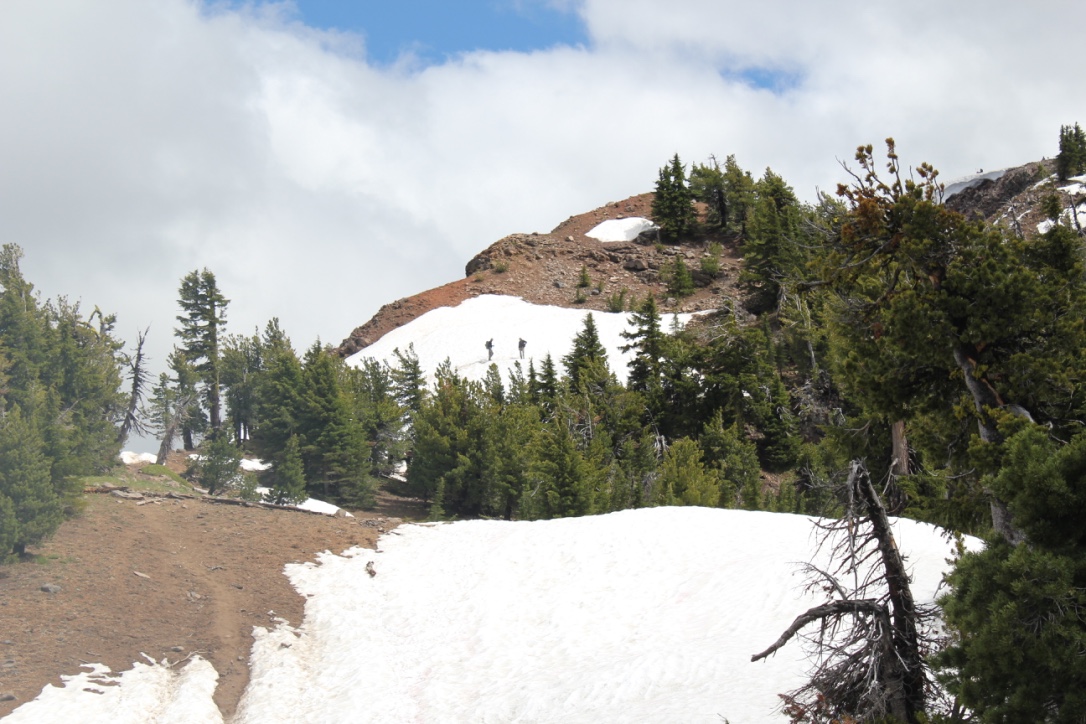 On the way, we encountered several snowfields, one of which was very steep, but the stunning views from the top were well worth the extra effort in getting there. In the distance, Mount Scott was enticingly clear of snow, though we later learned it was impossible to reach because several miles of the eastern rim highway was closed for repairs. Returning down the mountainside we visited the small loop trail of Godfrey Glen where we collected trash that uncaring visitors had left. We collected enough garbage to fill a large bag! That evening we sat around the campfire and commented on the number of stars that were visible, where was the rain? All was calm until 2 am when the rain arrived and temperatures lowered to just above freezing. Our two members in their “good deal†tent had a cold and wet night.
On the way, we encountered several snowfields, one of which was very steep, but the stunning views from the top were well worth the extra effort in getting there. In the distance, Mount Scott was enticingly clear of snow, though we later learned it was impossible to reach because several miles of the eastern rim highway was closed for repairs. Returning down the mountainside we visited the small loop trail of Godfrey Glen where we collected trash that uncaring visitors had left. We collected enough garbage to fill a large bag! That evening we sat around the campfire and commented on the number of stars that were visible, where was the rain? All was calm until 2 am when the rain arrived and temperatures lowered to just above freezing. Our two members in their “good deal†tent had a cold and wet night.
Sunday morning I looked out my tent and was excited to see full-bodied snowflakes quietly falling but they only lasted for a minute. Several early risers made a trip to the rim where 3-4 inches of snow had fallen the night before. All of us were off to a slow start that morning. The “good deal†tent had not fared well in the rain and when the drops were shaken off the outer cover a support bar snapped making the tent almost useless. For the entire day temperatures never ventured past the mid-thirties and at times the drippy rain became unrelenting torrents.
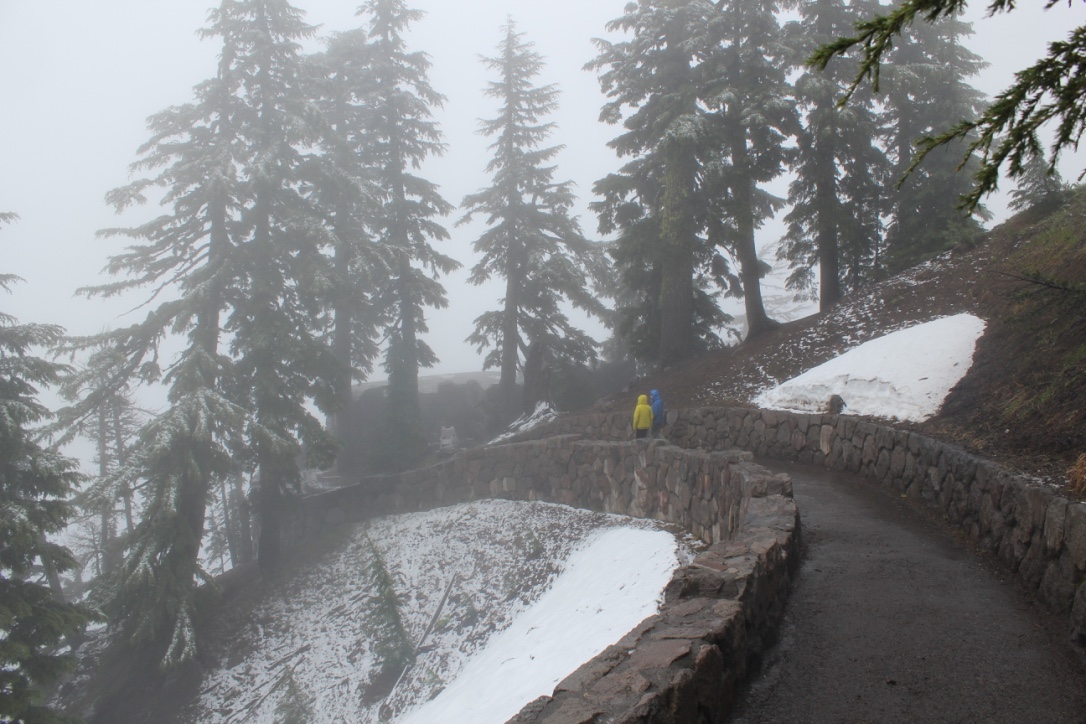 We explored the Visitor’s Center, the Sinnott Memorial Overlook (featuring an indoor exhibit room) and the gift shop to escape the fog, wind, rain, and occasional snow flurries. The fog was so thick we could not see the lake or a few hundred feet in front of us. In the afternoon we moved below the cloud line to hike the picturesque Annie Creek trail. Although a short hike, it was very picturesque. Laurie and Brad had reservations at the Crater Lake Lodge for dinner, they generously increased their table size to include all of us so we could get out of the rain and have some warm food. About 8 pm that evening the sky cleared and at first, the temperatures seemed warm. The group campfire that evening had just half of the group, the remainder had gone to bed early. The two members in the “good deal†tent had another cold and memorable night. In the middle of the night I awoke and was stunned by the visibility of the night sky – there were thousands of stars! My tent thermometer showed that temperatures had dropped into the upper twenties.
We explored the Visitor’s Center, the Sinnott Memorial Overlook (featuring an indoor exhibit room) and the gift shop to escape the fog, wind, rain, and occasional snow flurries. The fog was so thick we could not see the lake or a few hundred feet in front of us. In the afternoon we moved below the cloud line to hike the picturesque Annie Creek trail. Although a short hike, it was very picturesque. Laurie and Brad had reservations at the Crater Lake Lodge for dinner, they generously increased their table size to include all of us so we could get out of the rain and have some warm food. About 8 pm that evening the sky cleared and at first, the temperatures seemed warm. The group campfire that evening had just half of the group, the remainder had gone to bed early. The two members in the “good deal†tent had another cold and memorable night. In the middle of the night I awoke and was stunned by the visibility of the night sky – there were thousands of stars! My tent thermometer showed that temperatures had dropped into the upper twenties.
On Monday the sun returned and the group broke camp, but before we did we waited anxiously for two members to return their “good deal†tent. The two walked stoically into the store and presented their tale of woe to a staff person when the person said “no refunds†the disheveled and muddy remains of the tent was plopped like a large wet sponge onto the counter for all to see. The act proved its point about the product’s poor quality. Their money was returned. Victorious that two of our members had saved their money (and dignity) we traveled to the rim where we hiked for several hours sightseeing and enjoying the views of Wizard Island. We tried to visit Watchman Peak but the trail was still heavy with snow and the area was closed. Although the sun was shining the temperatures remained in the mid-50s and the wind had a nippy bite, the group tabled Cleetwood Cove for another time, jumping in Crater Lake would be for another trip.
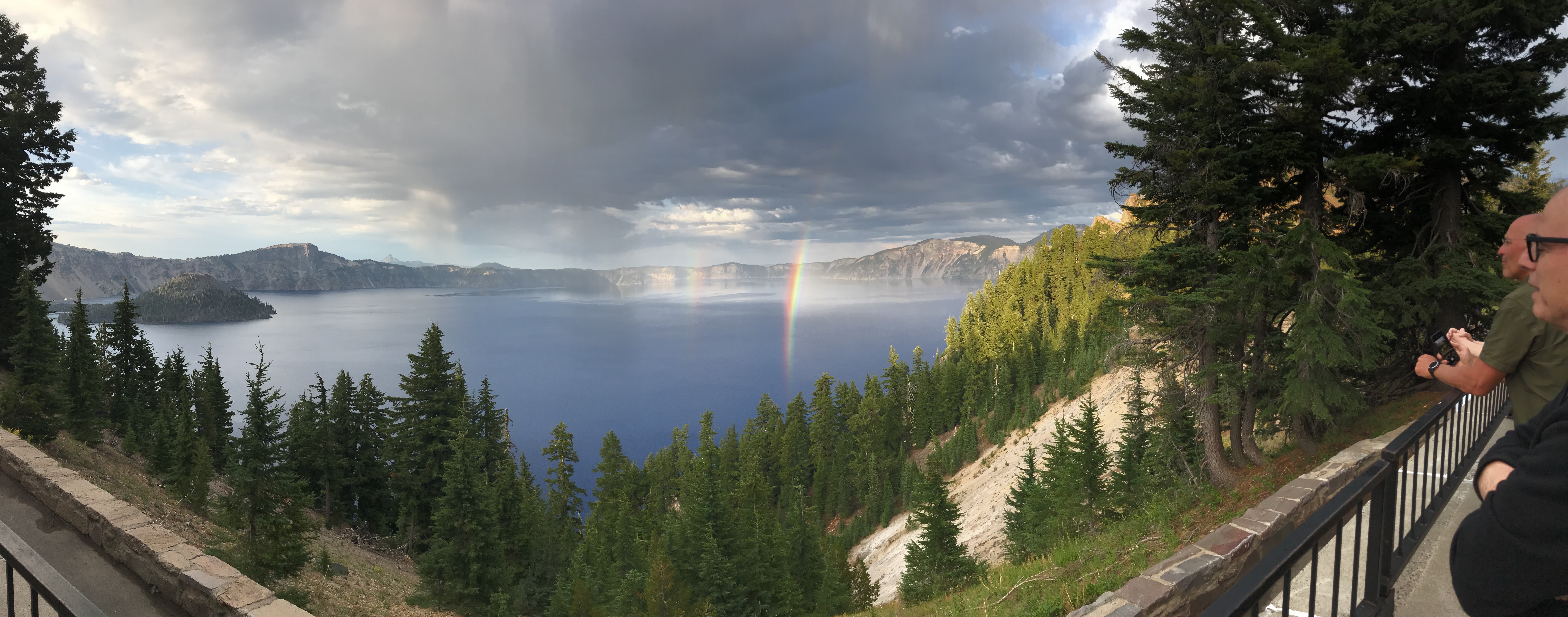
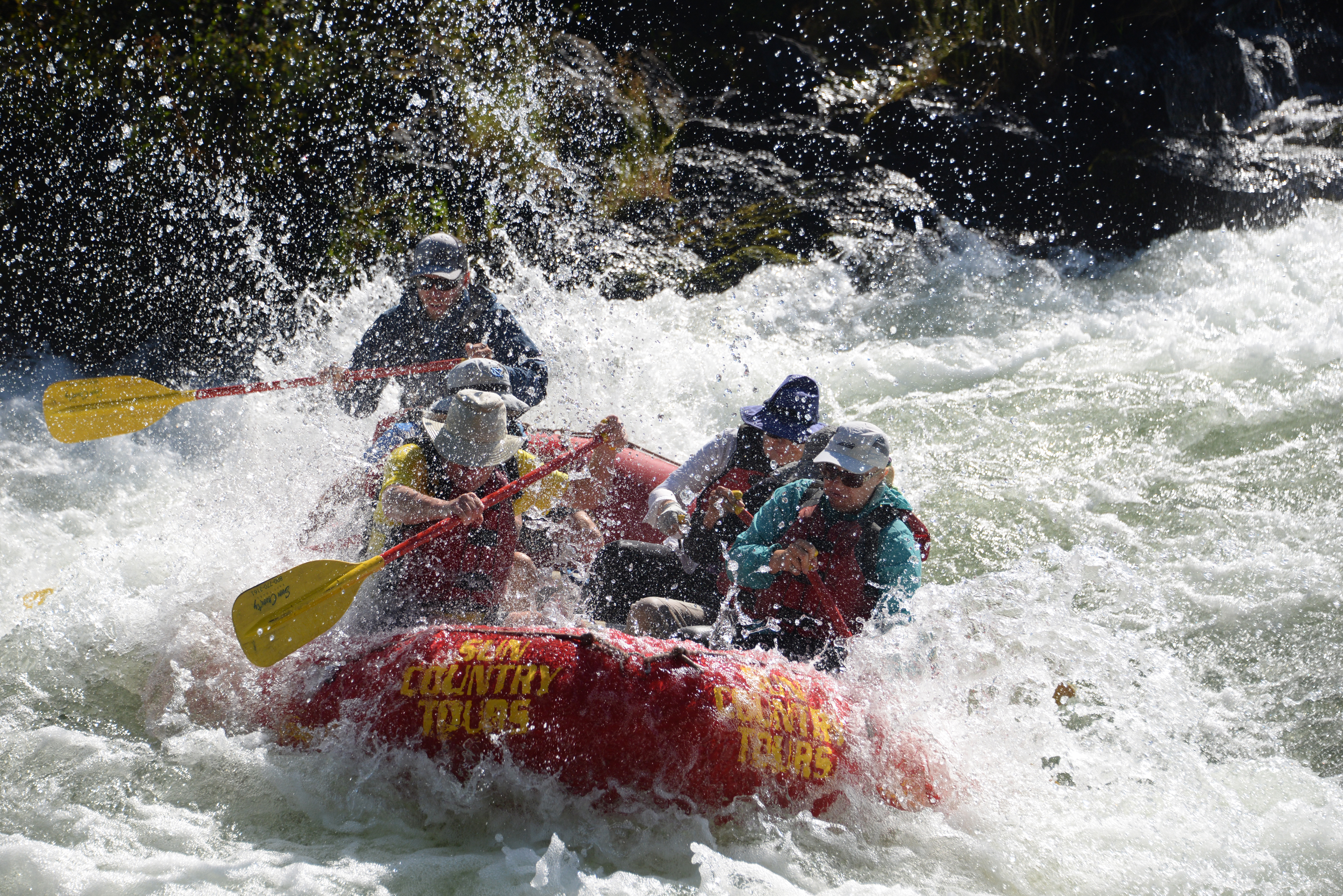
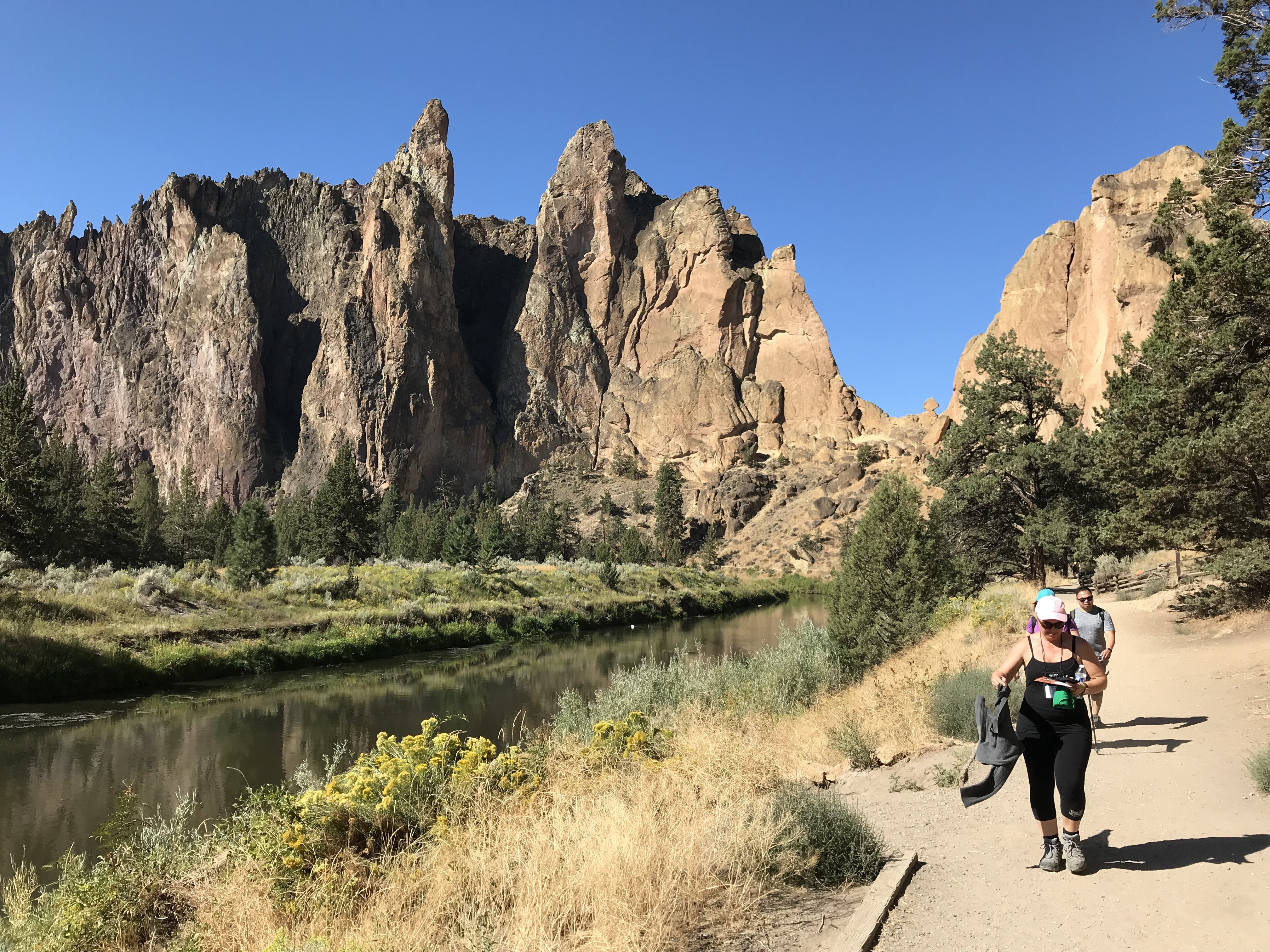
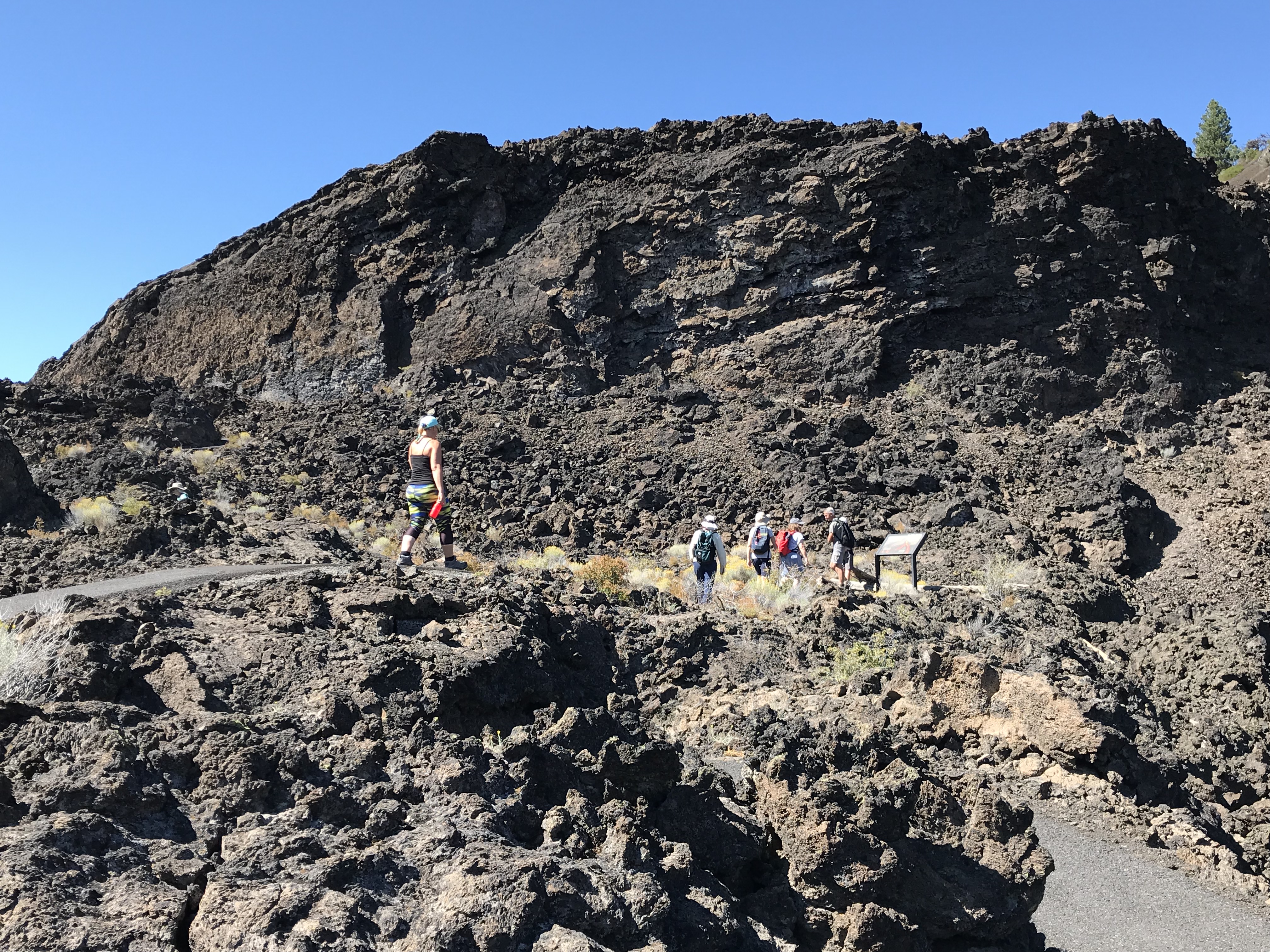
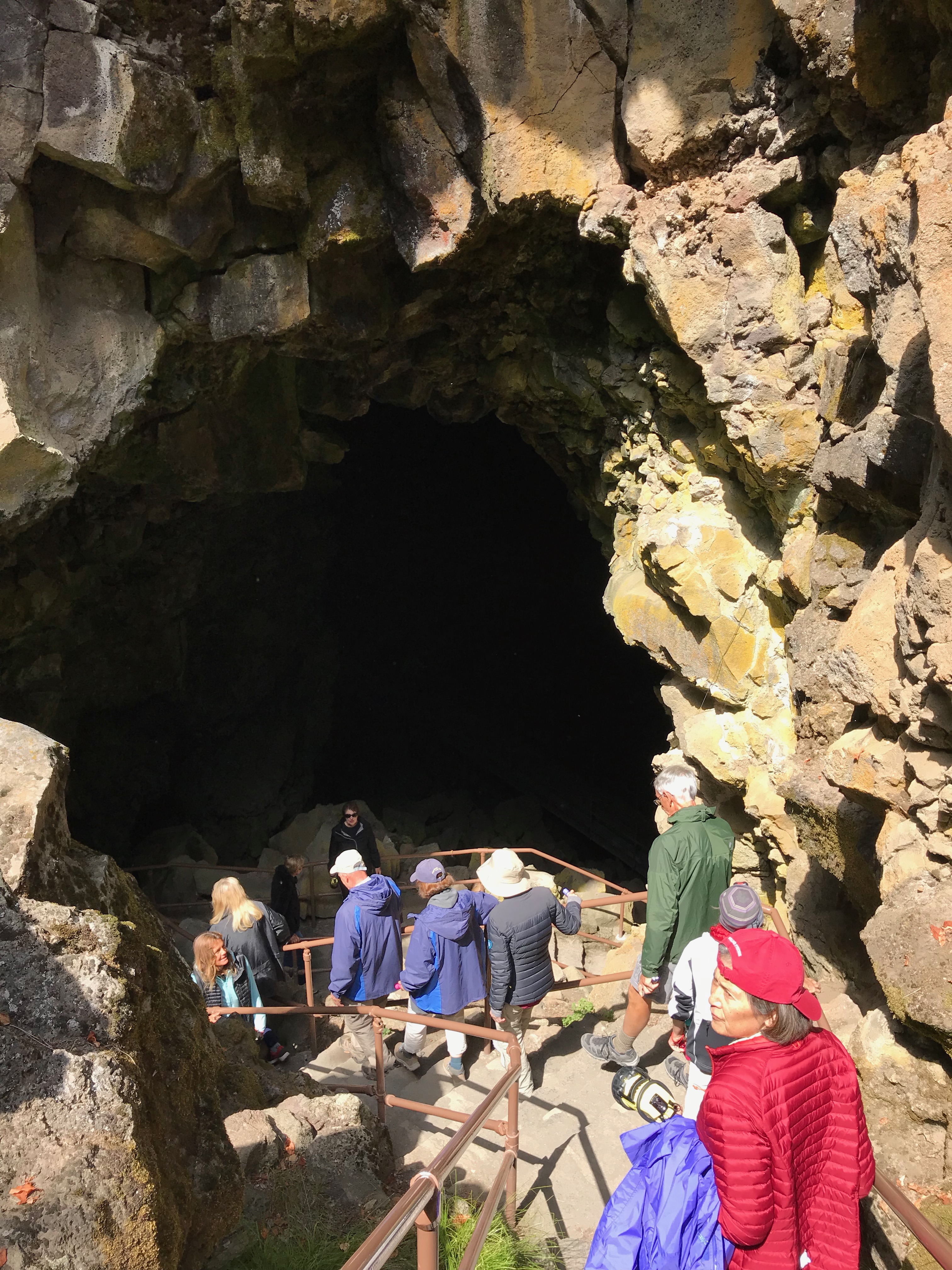

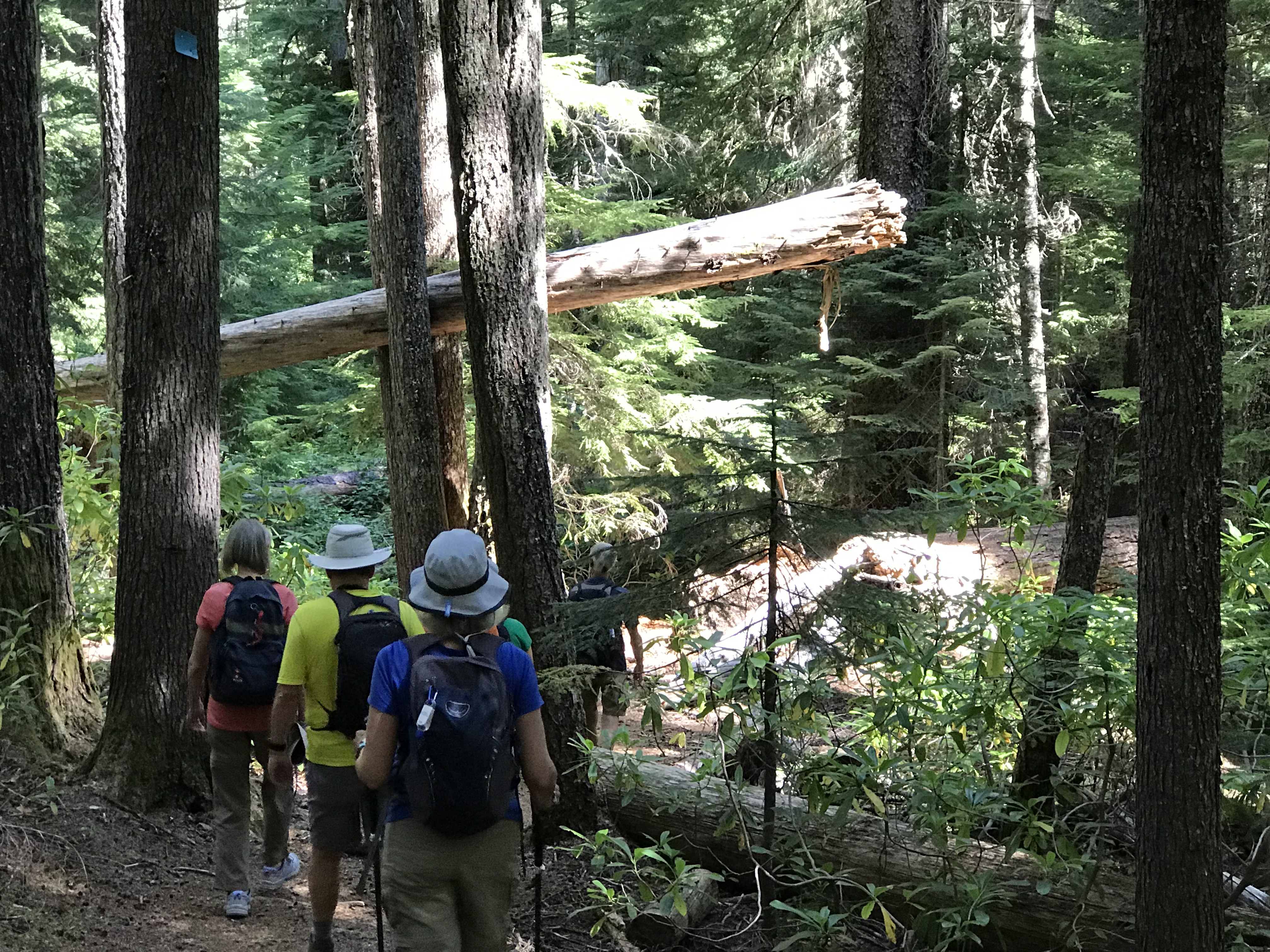
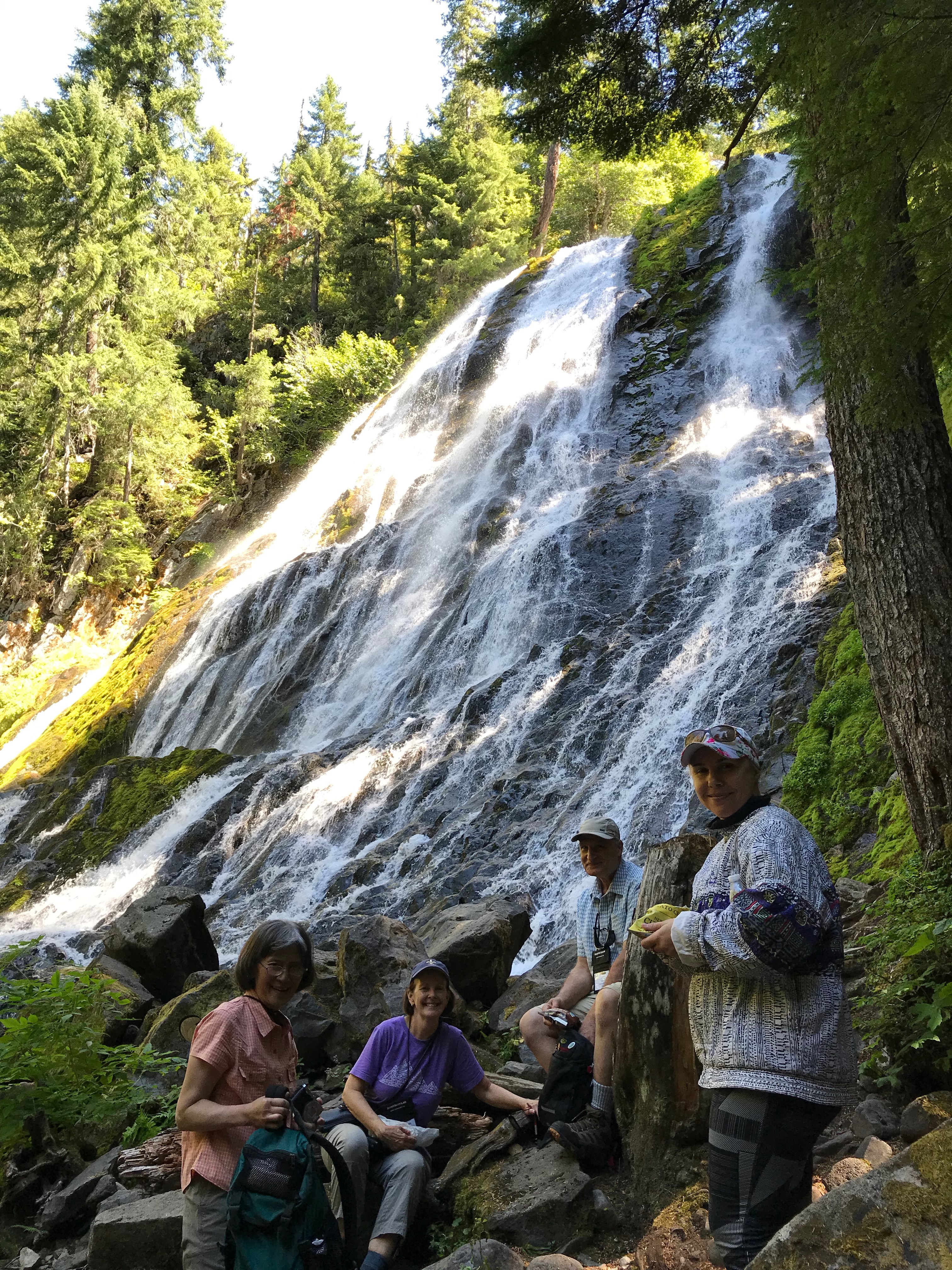
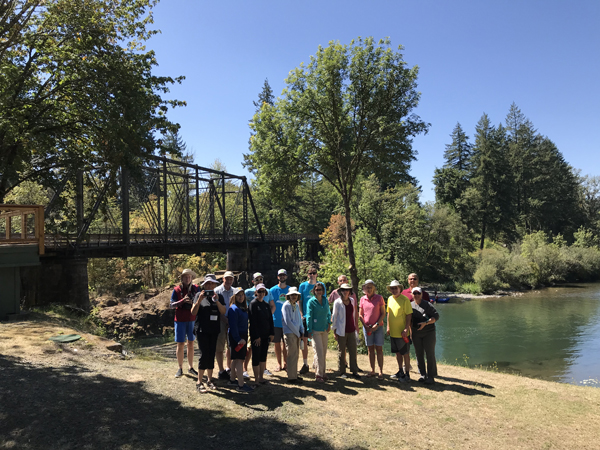
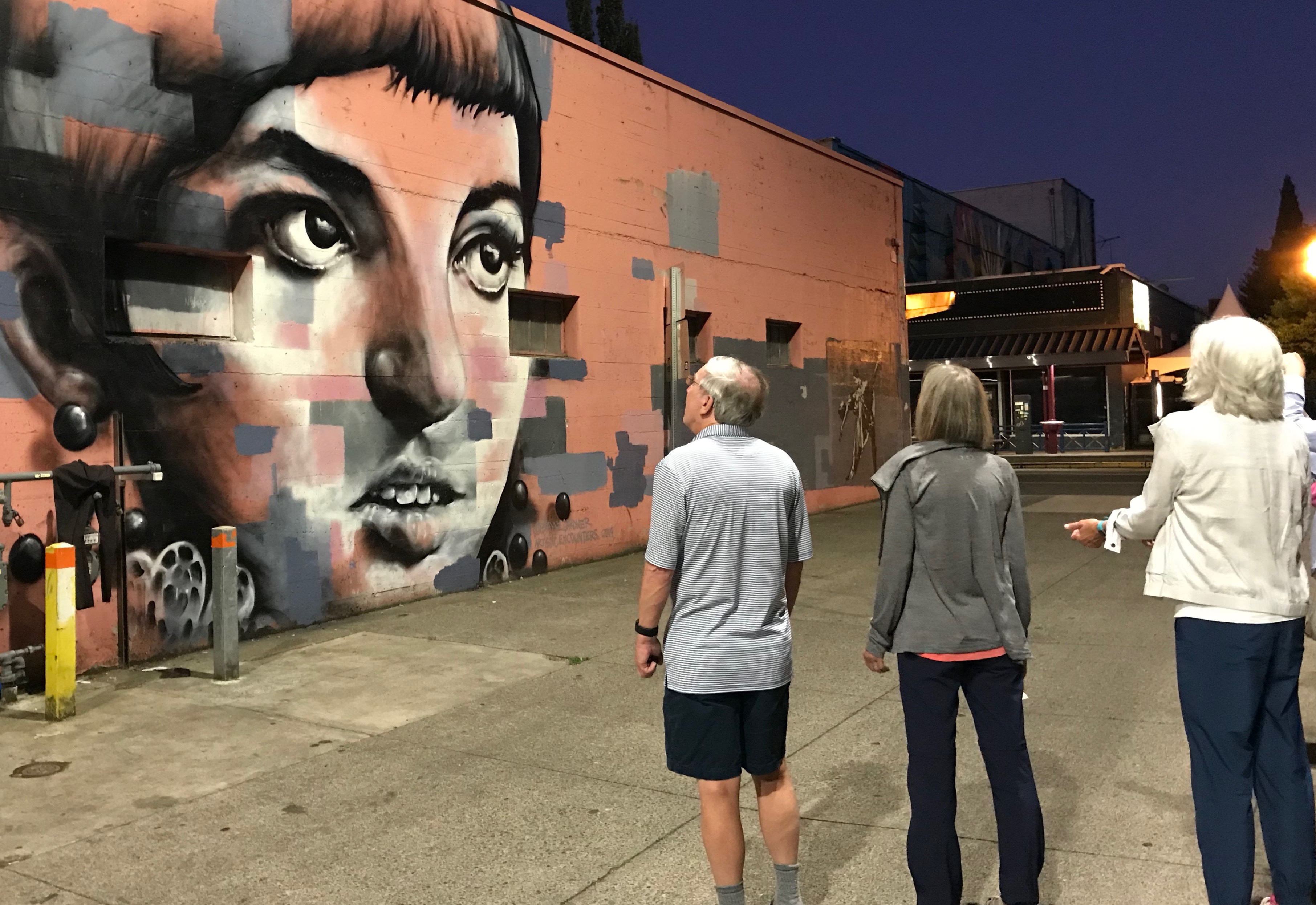


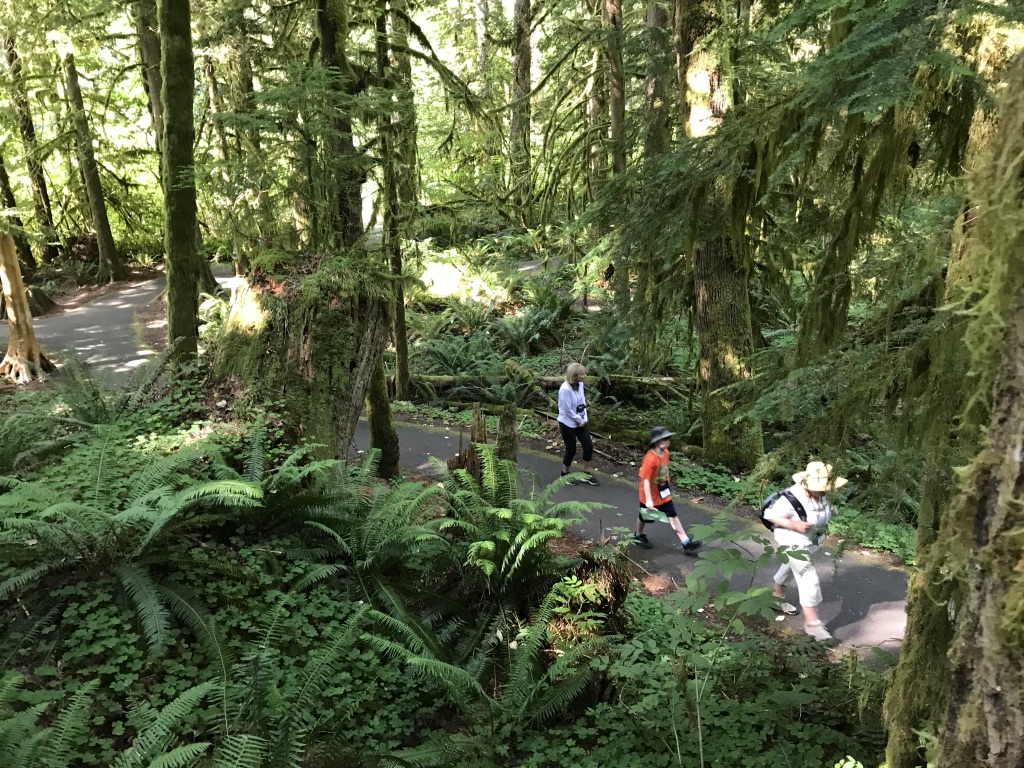

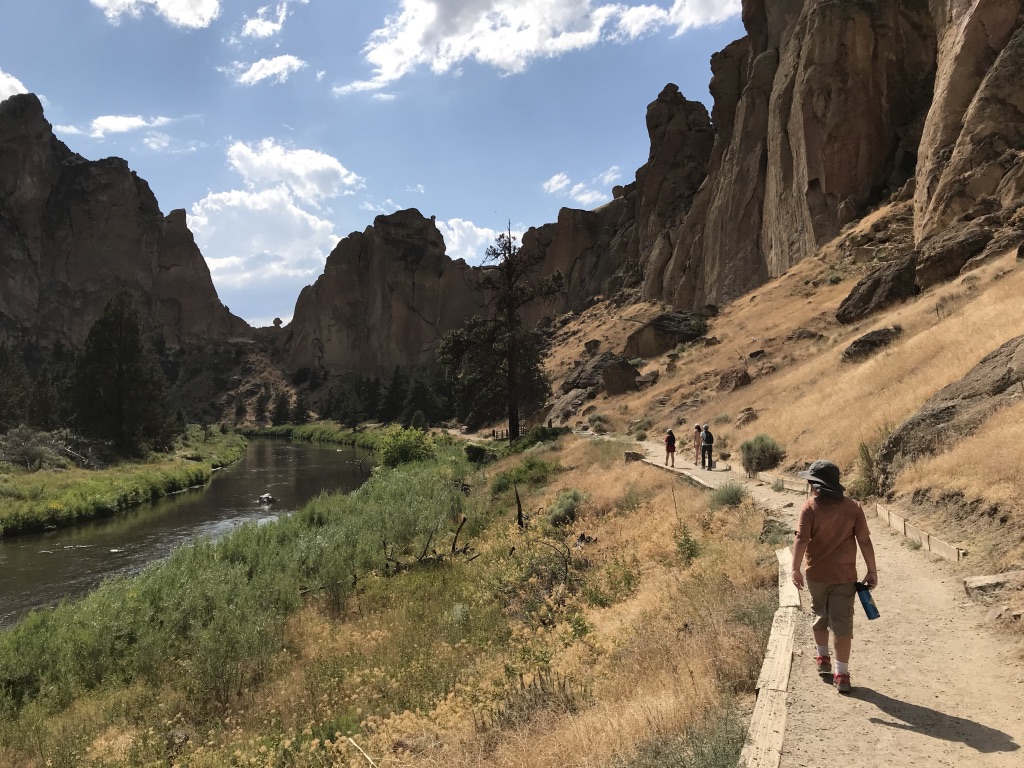
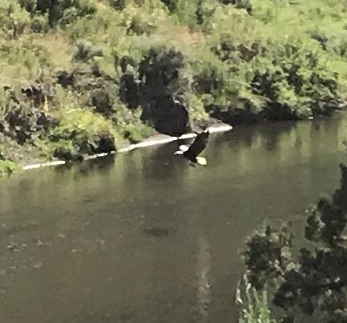
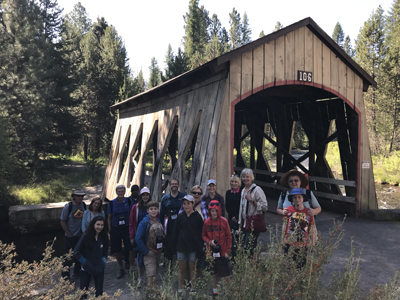
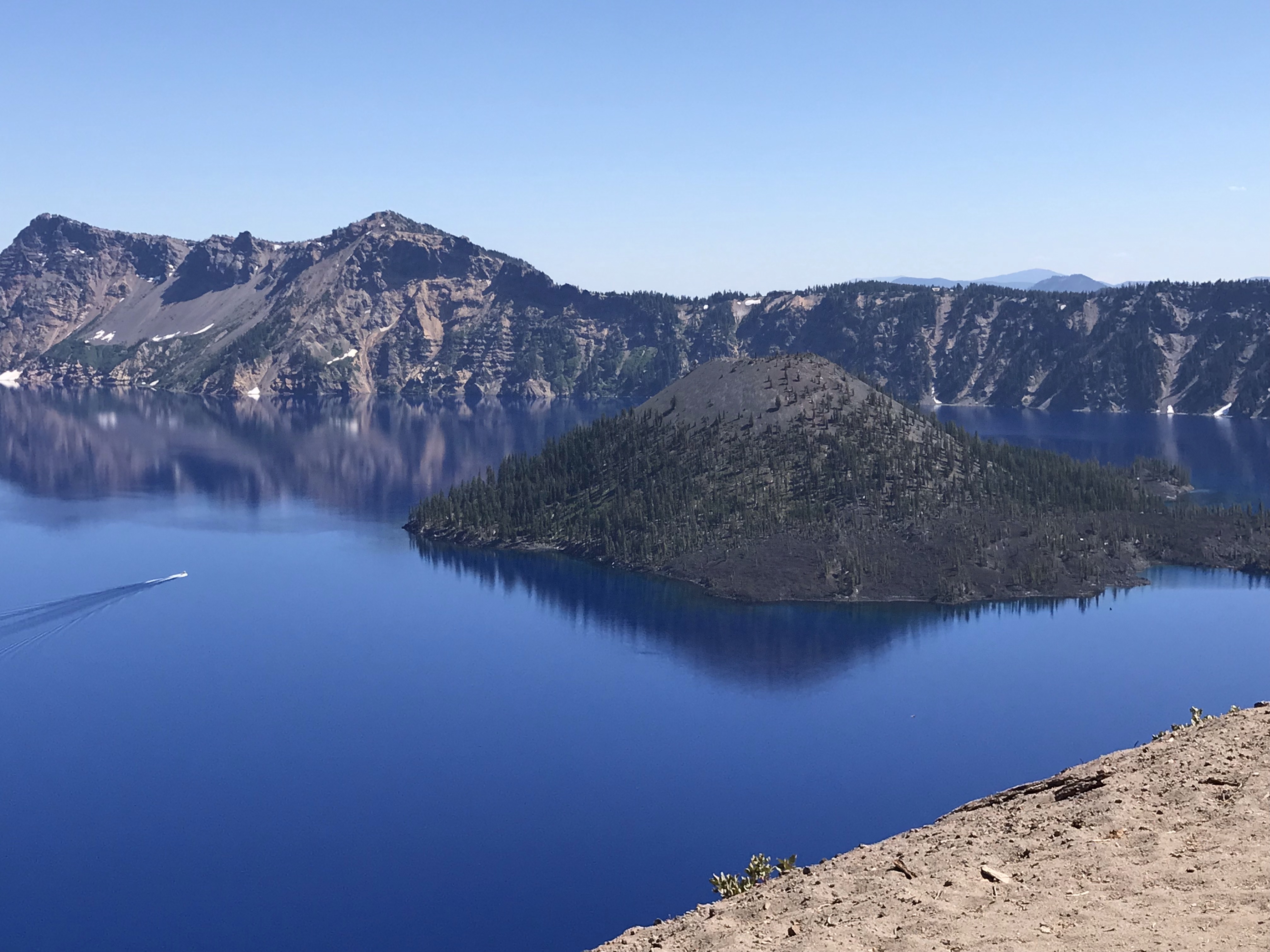
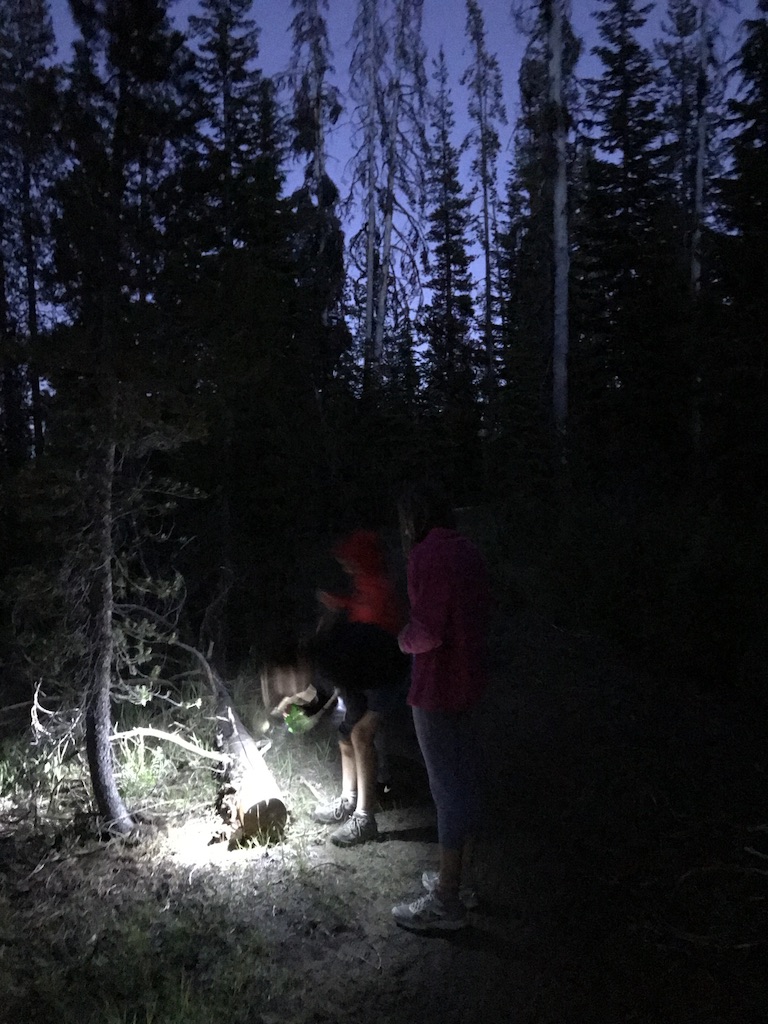
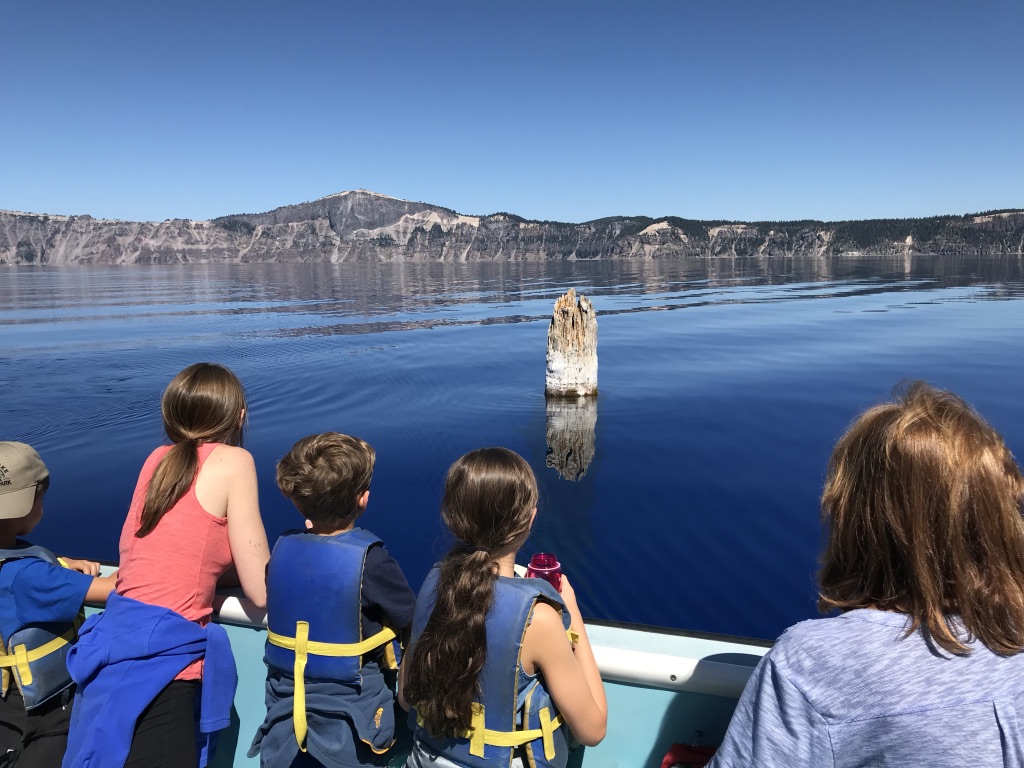
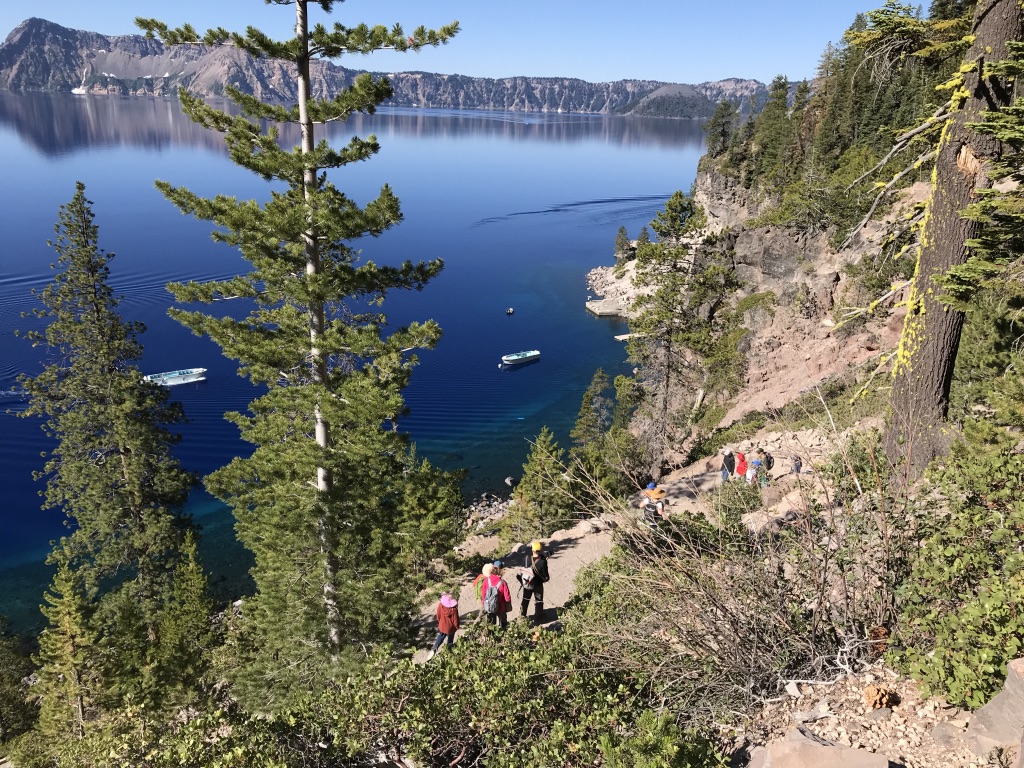
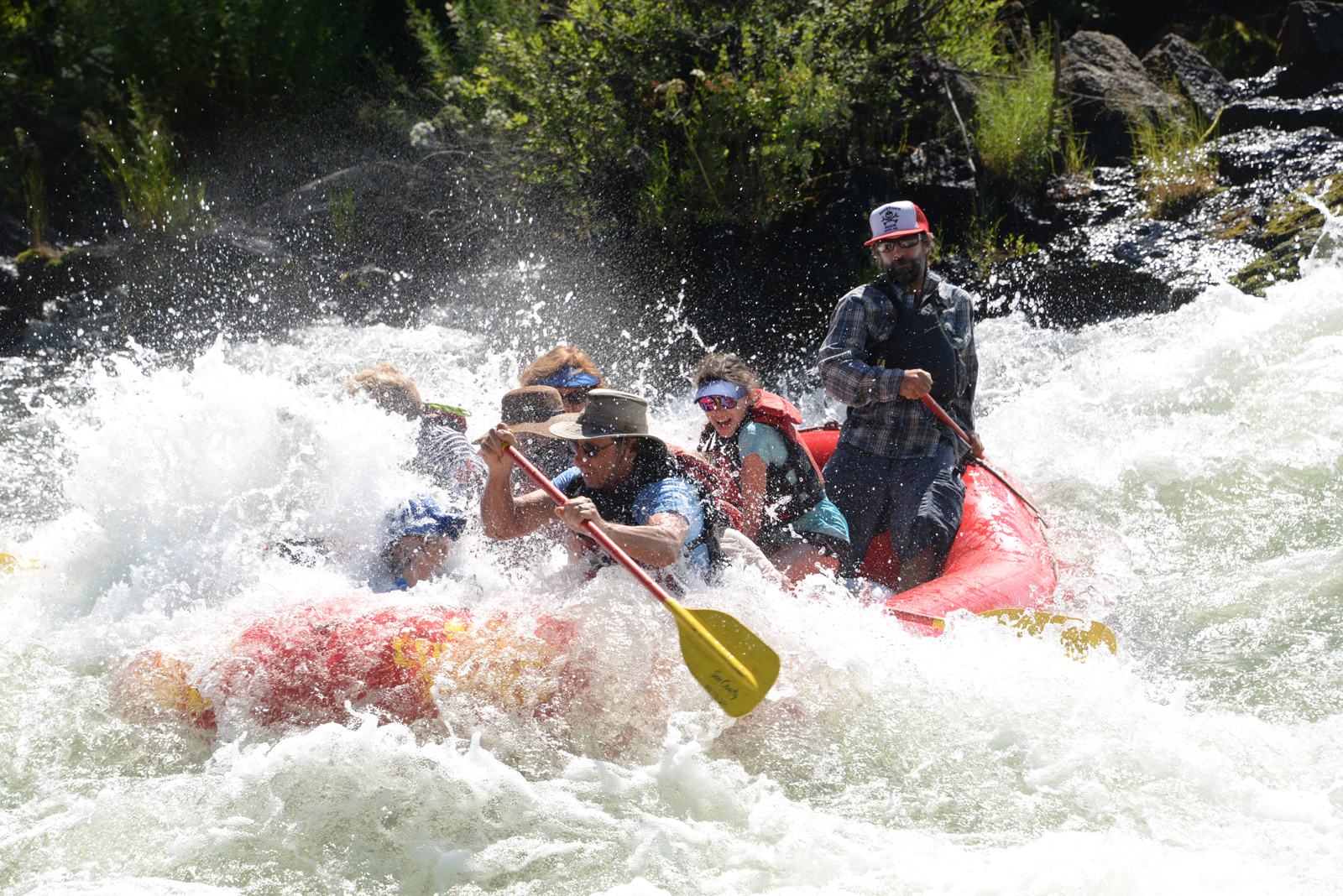
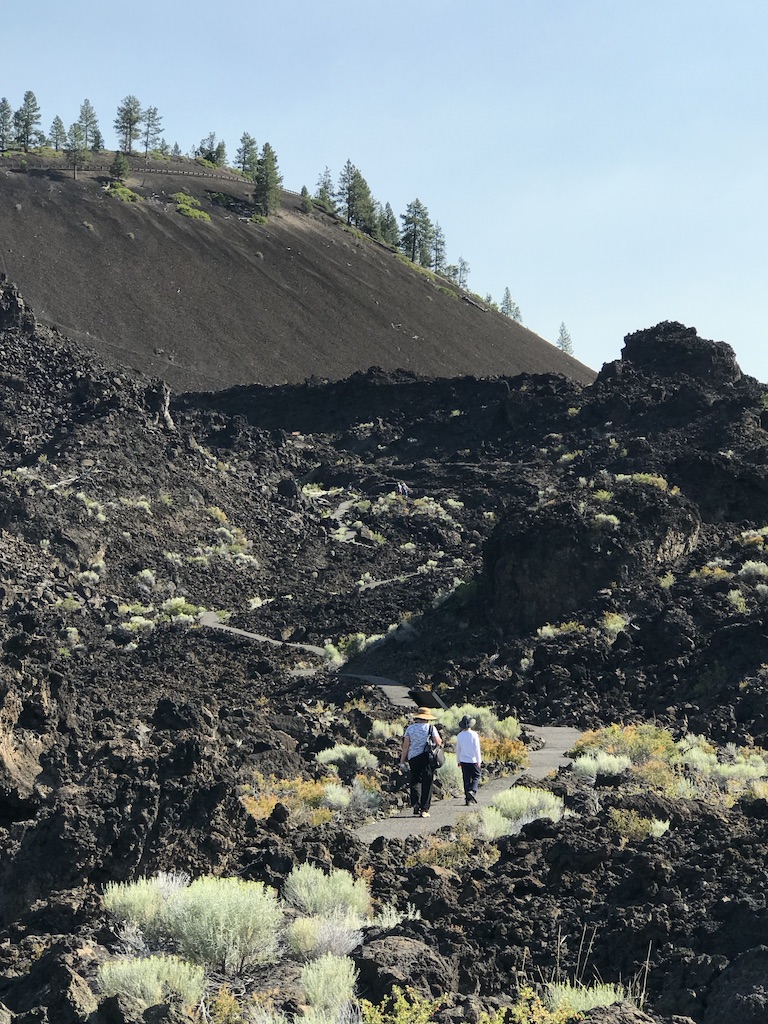
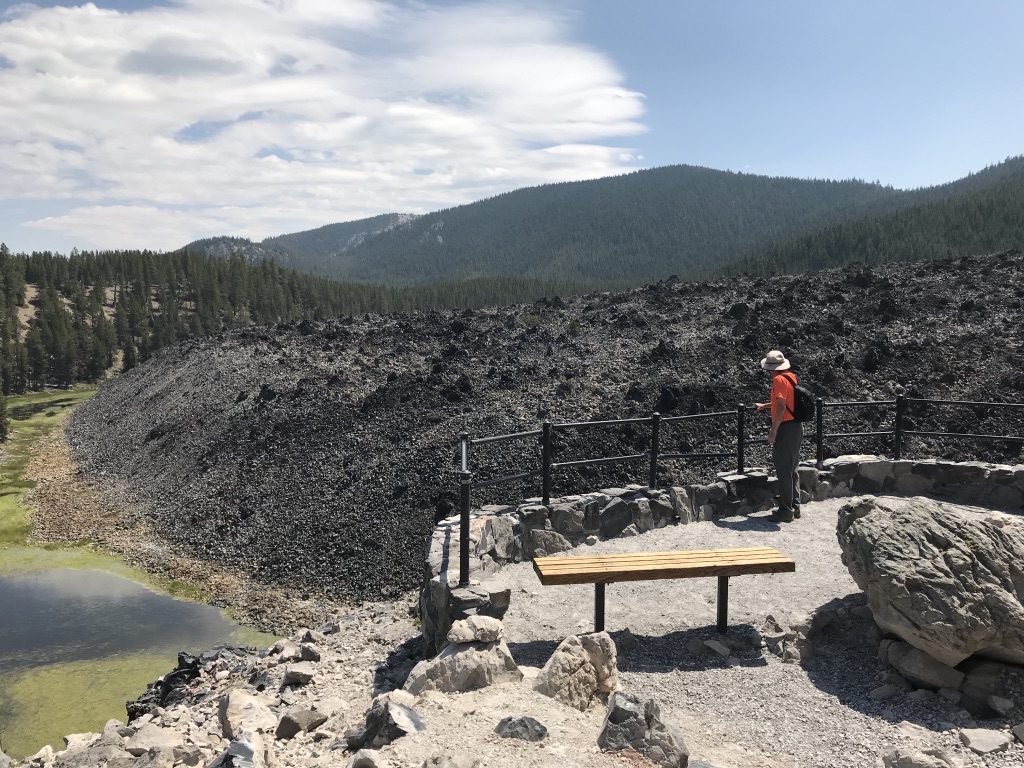
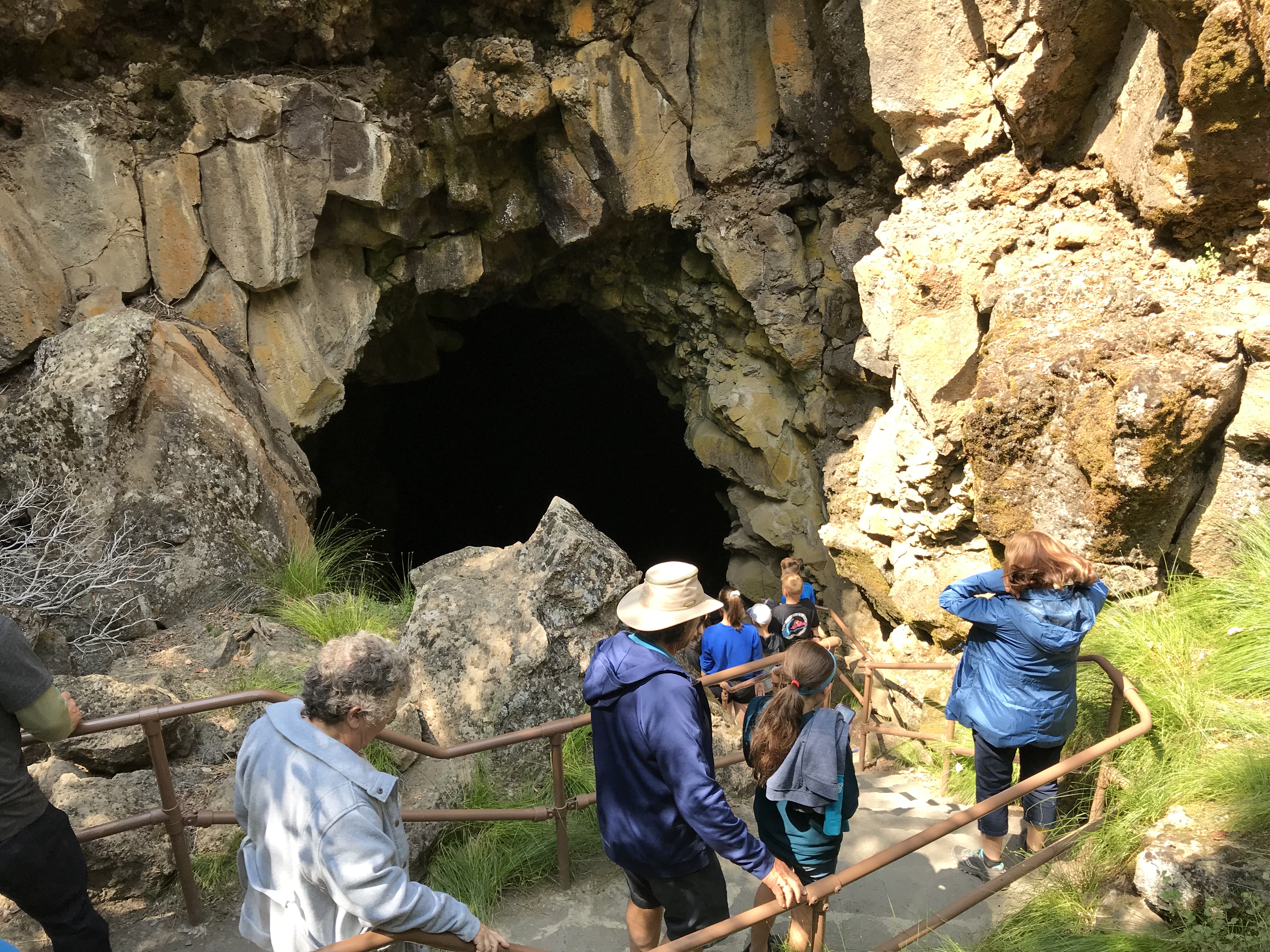
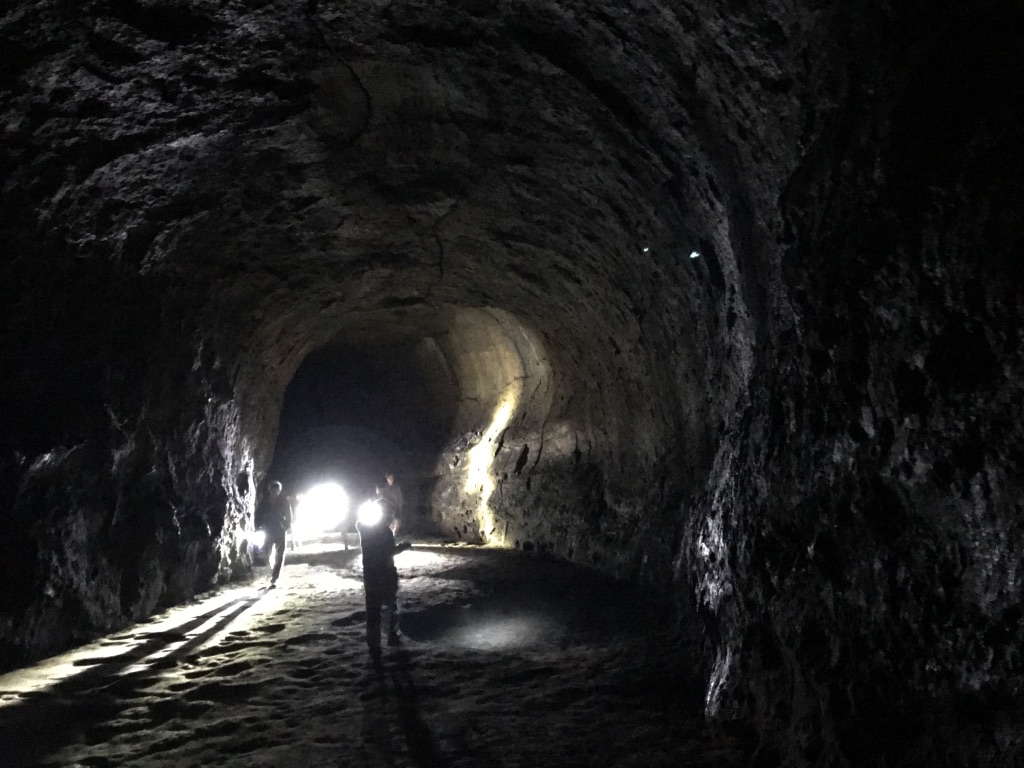
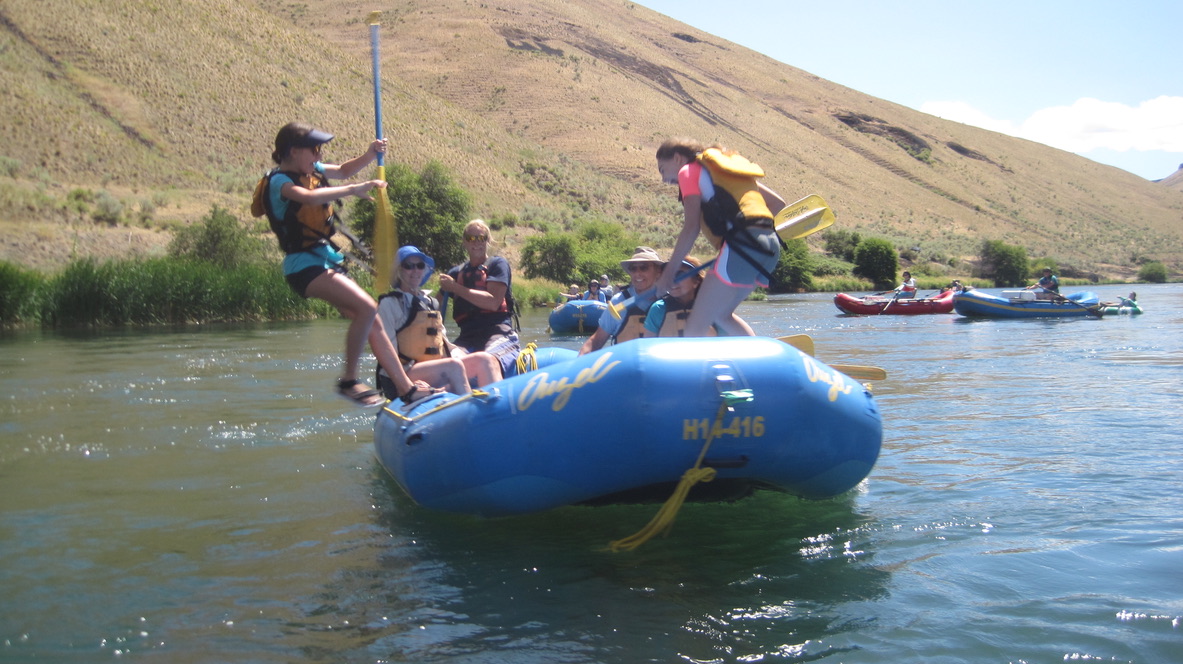
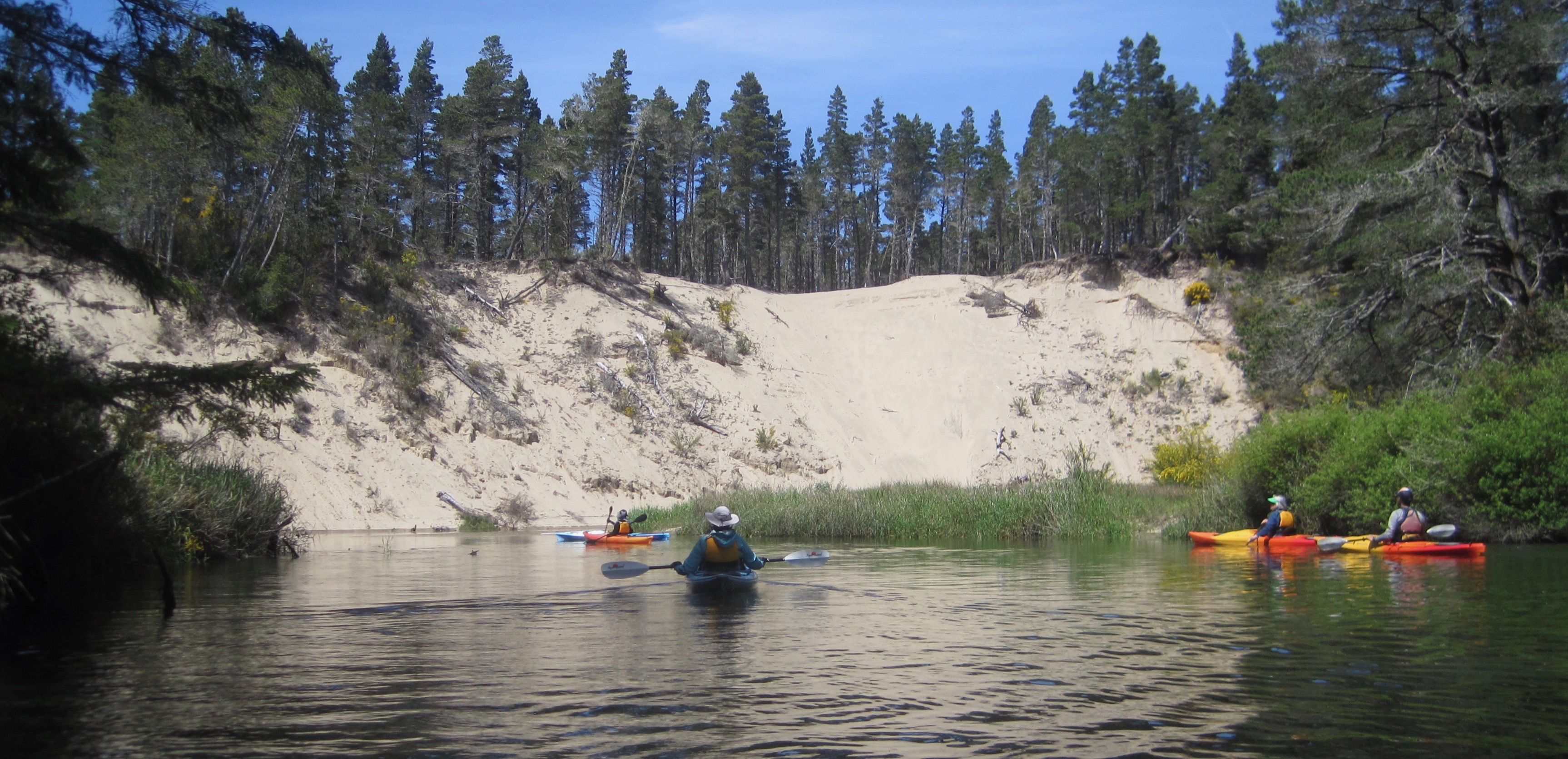
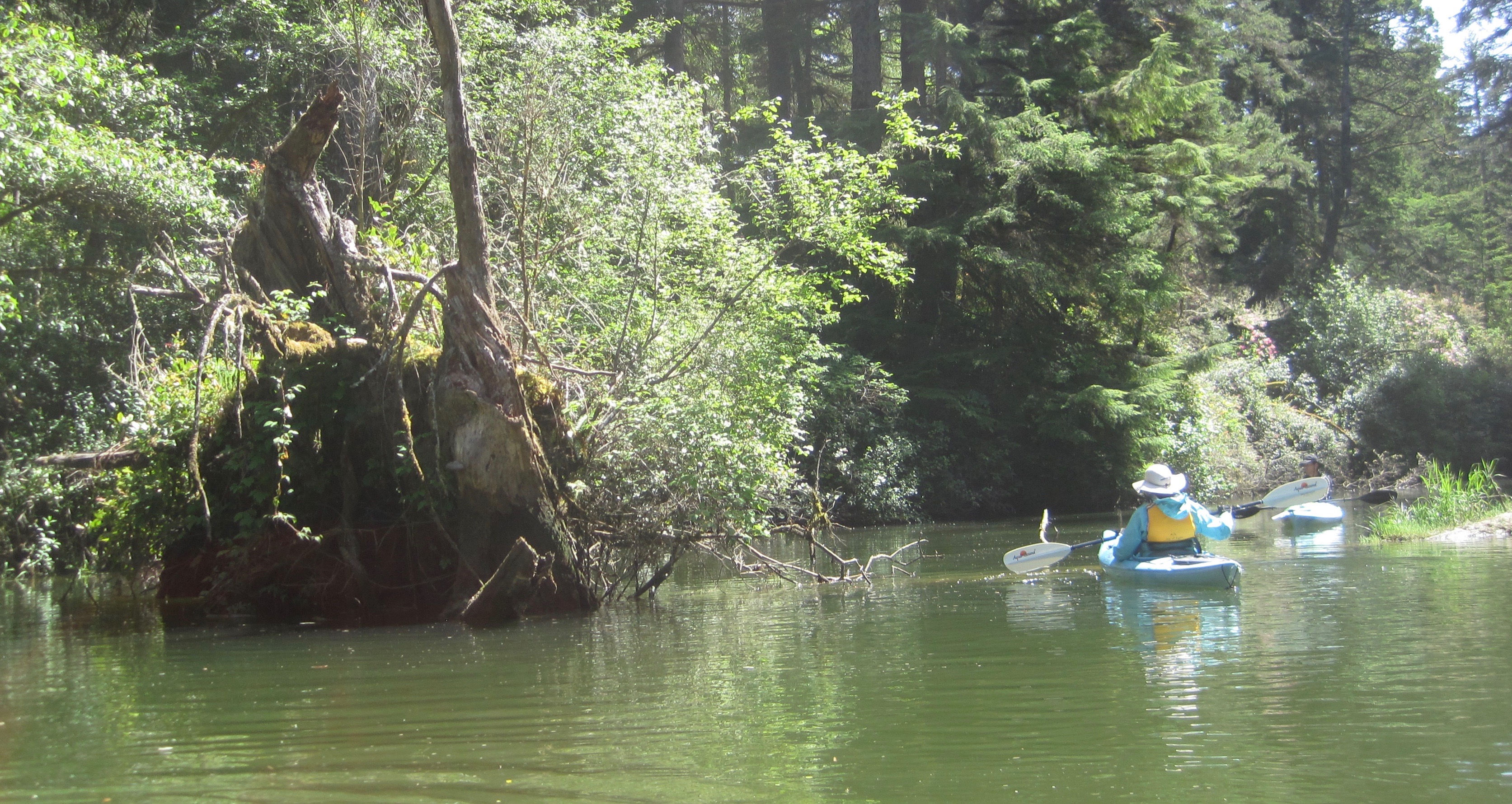
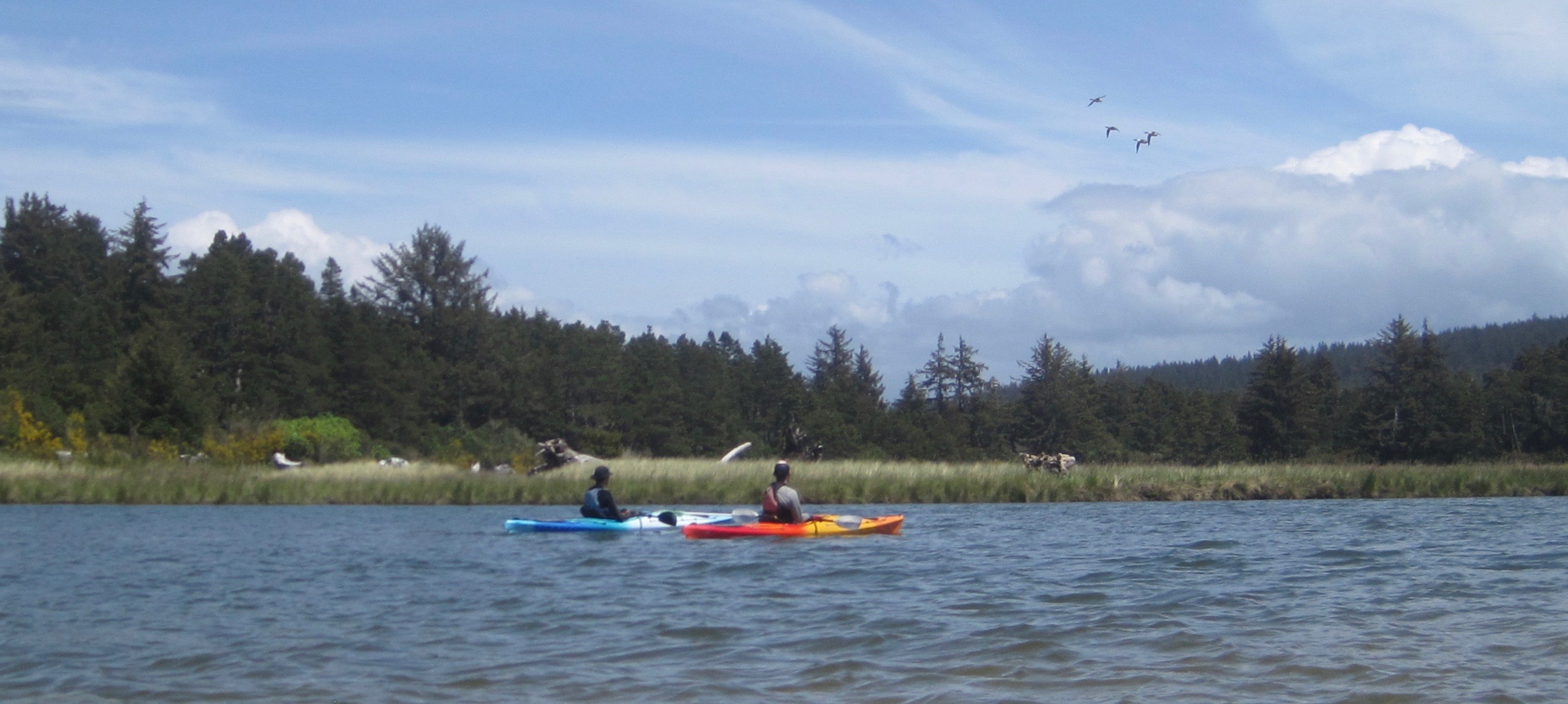
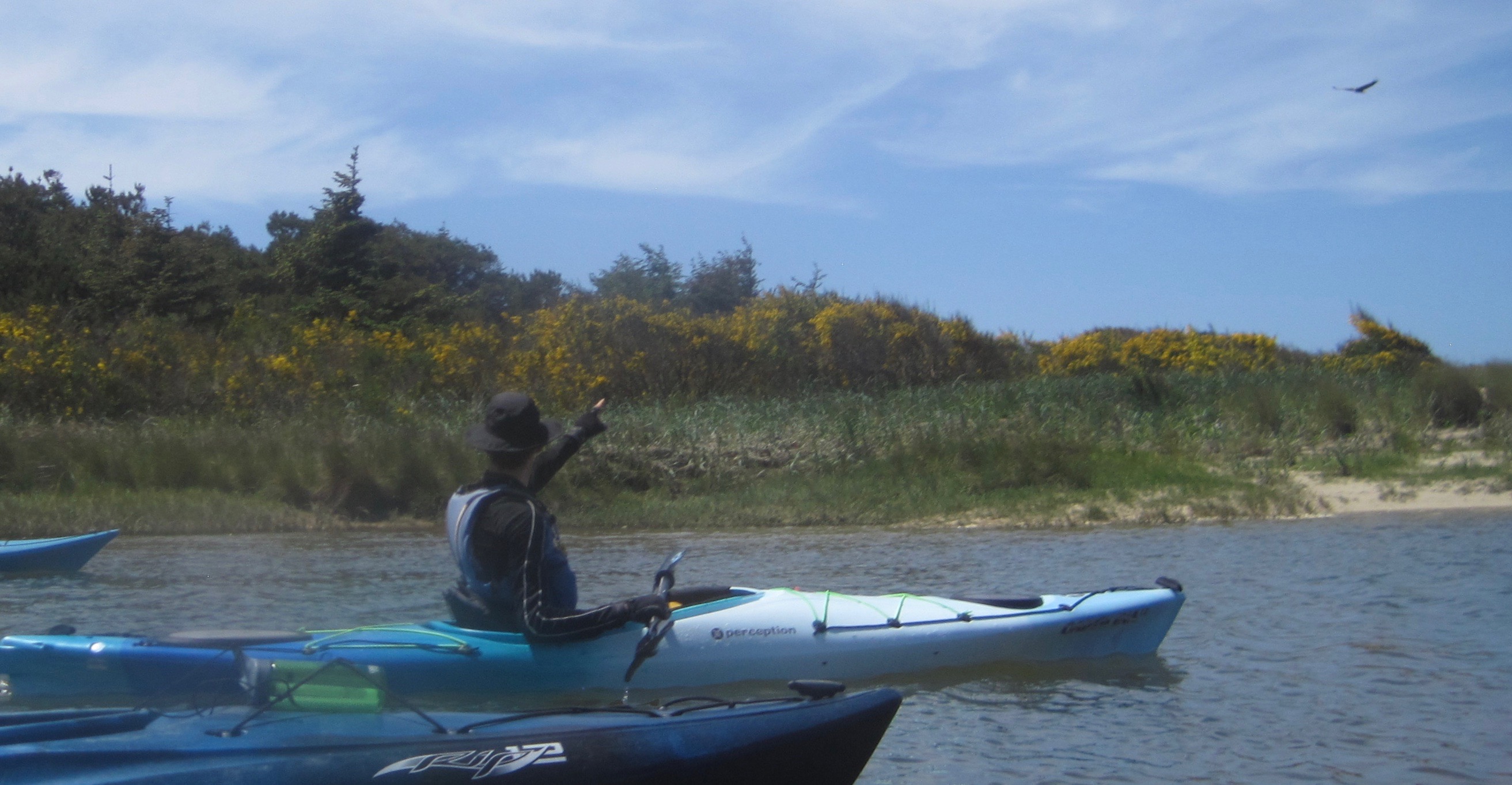
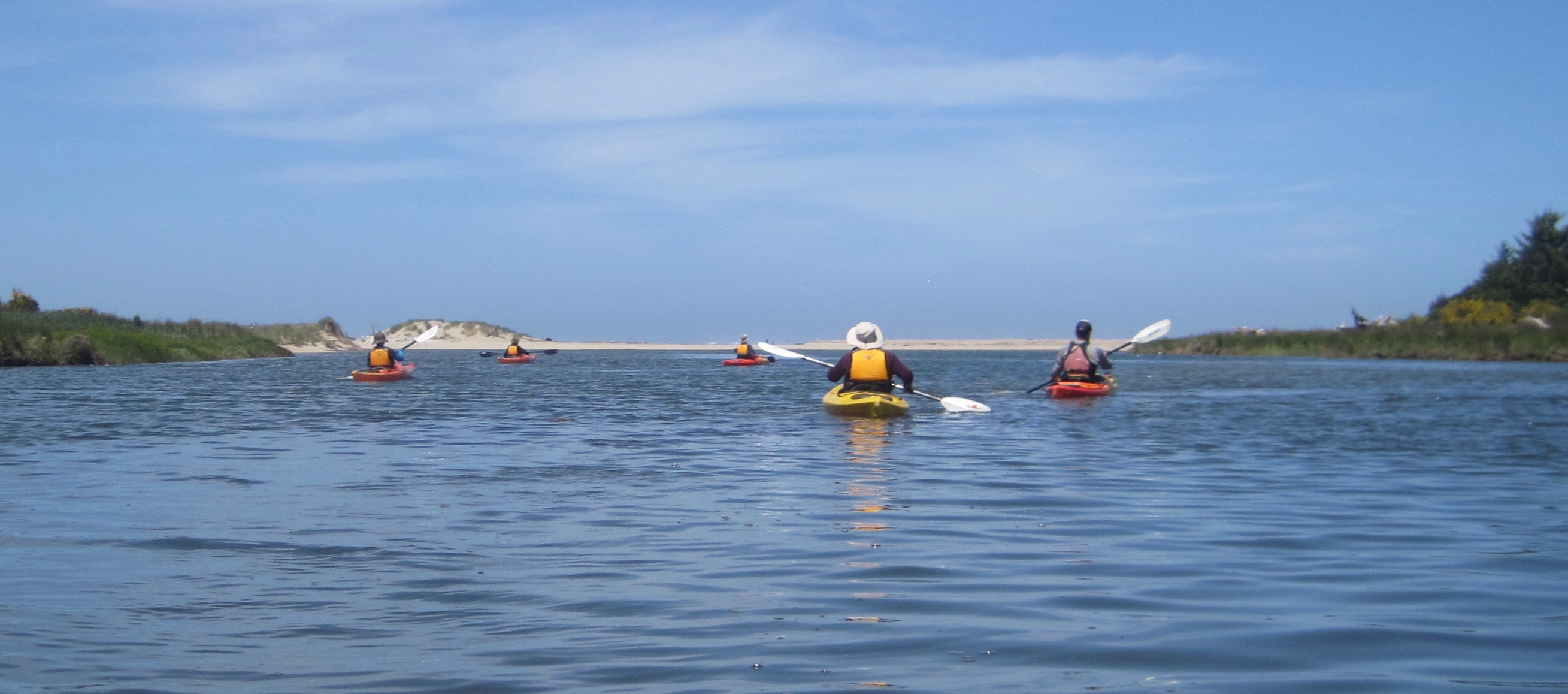
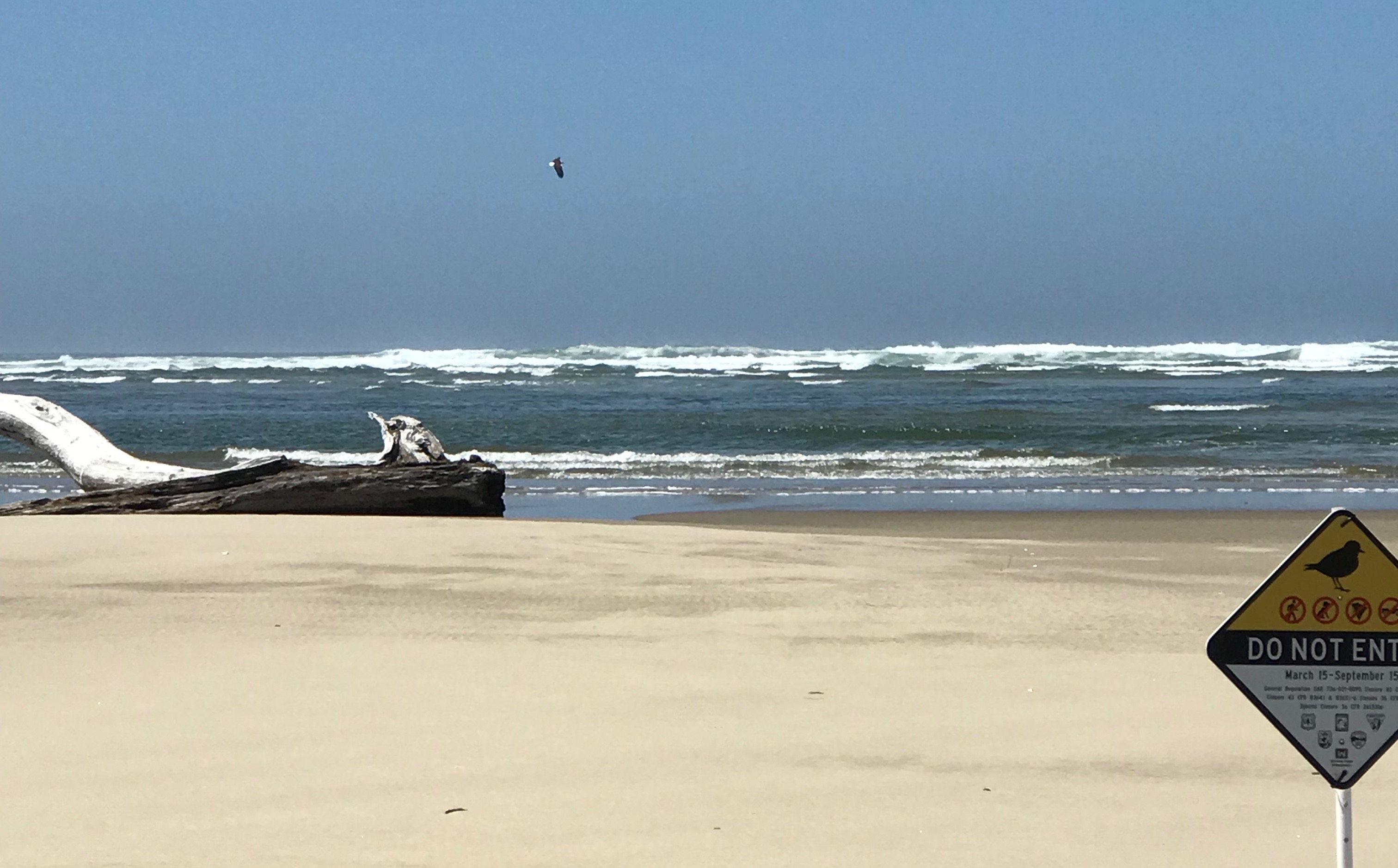
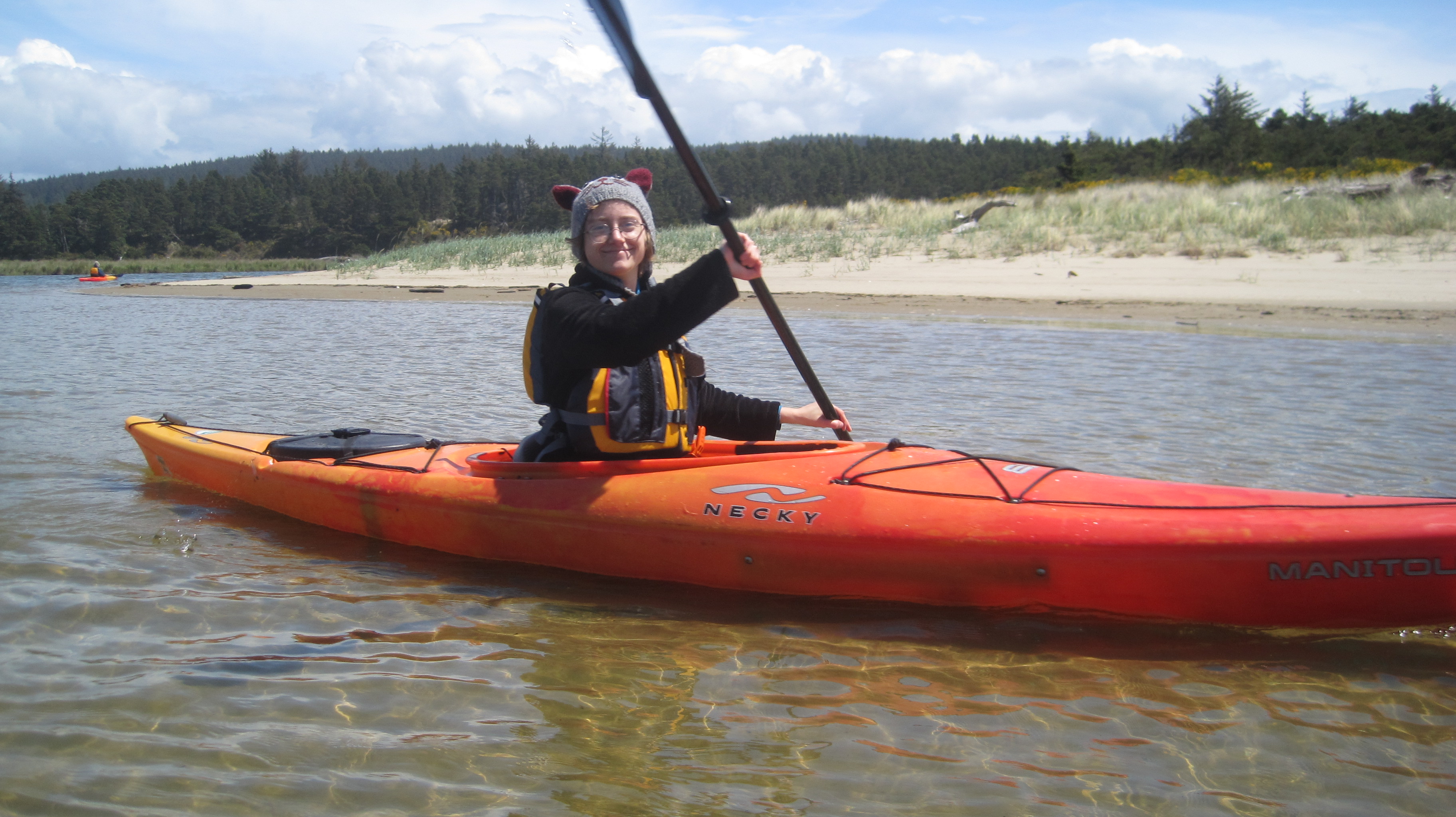
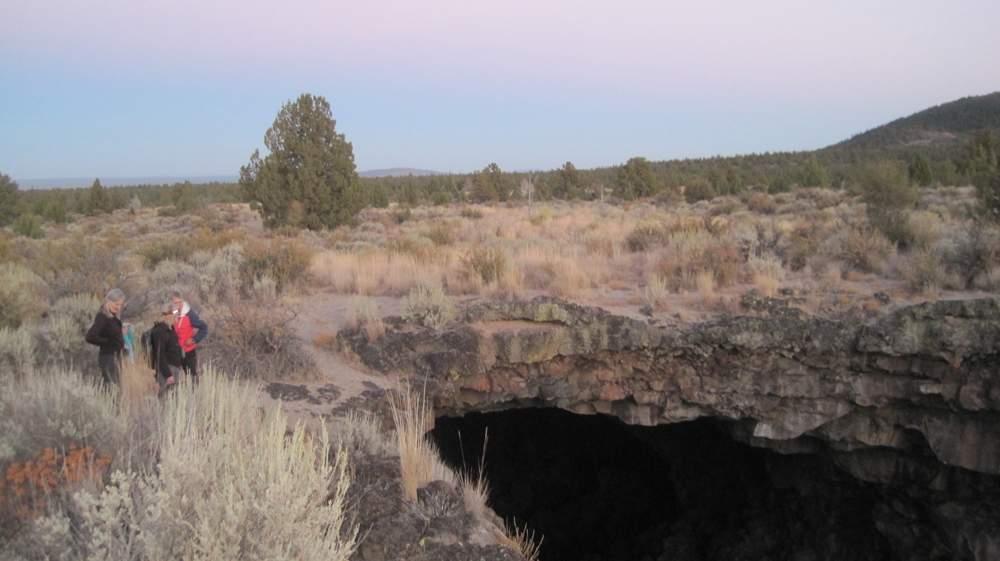
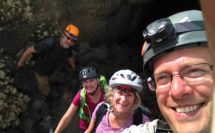
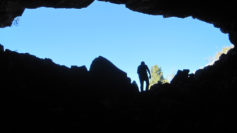
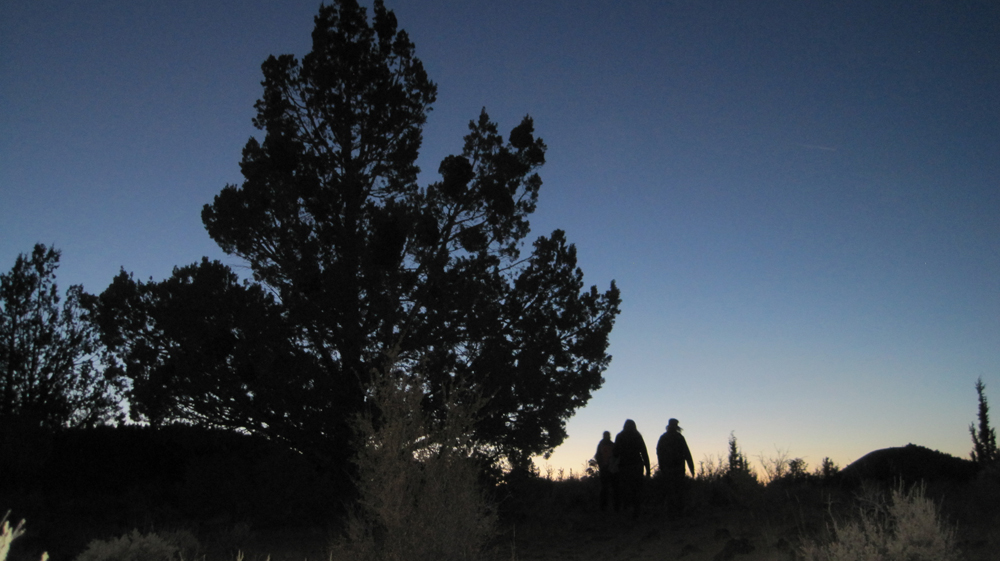
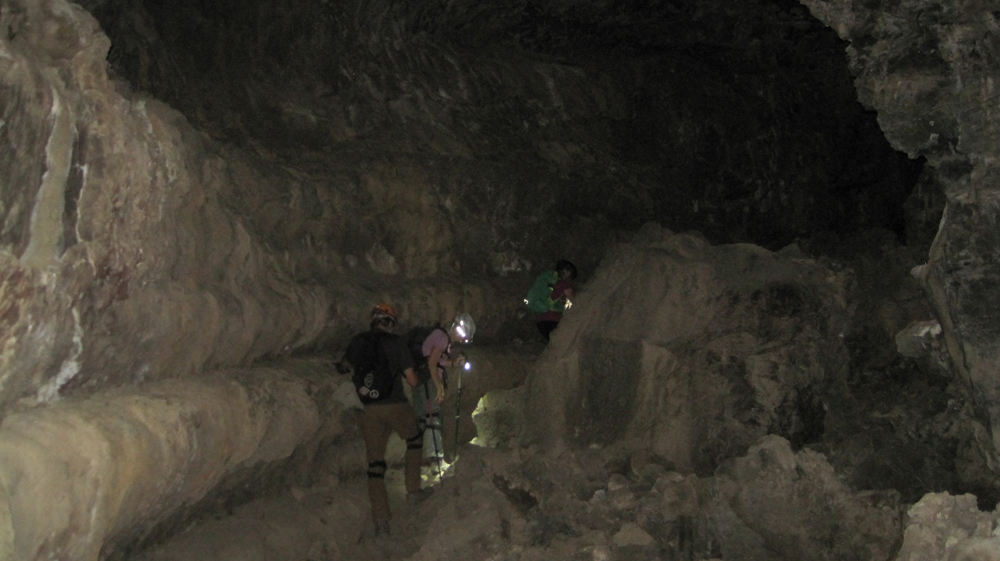
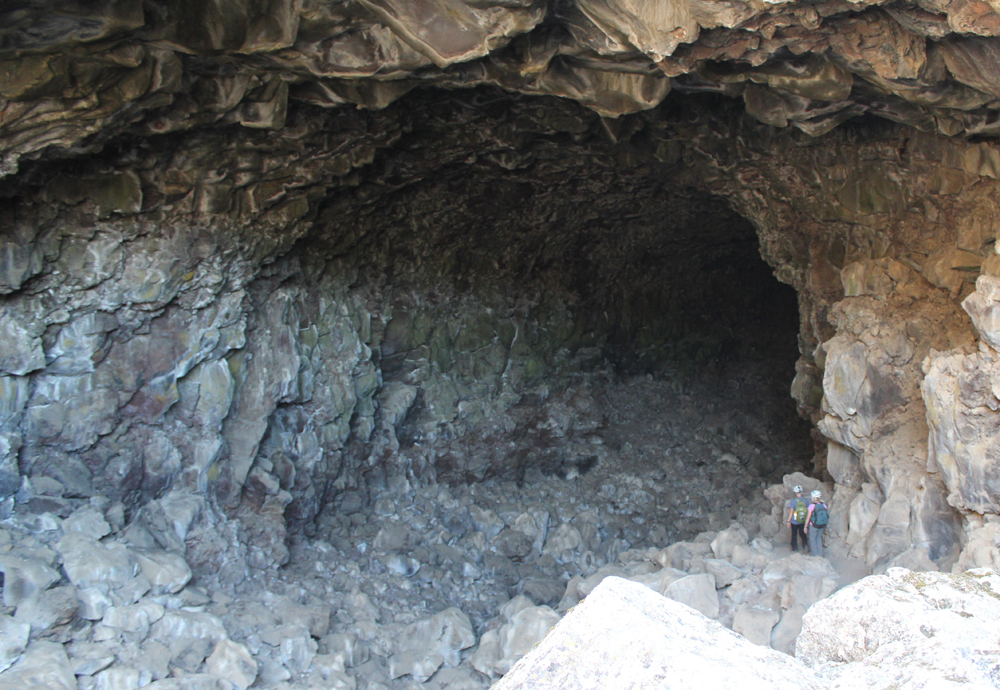
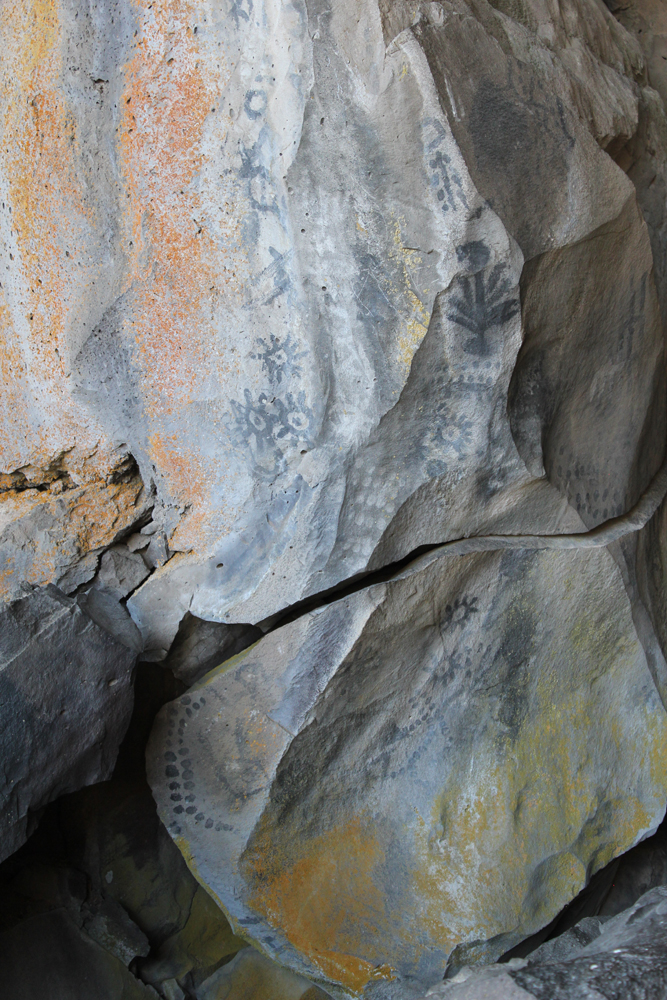
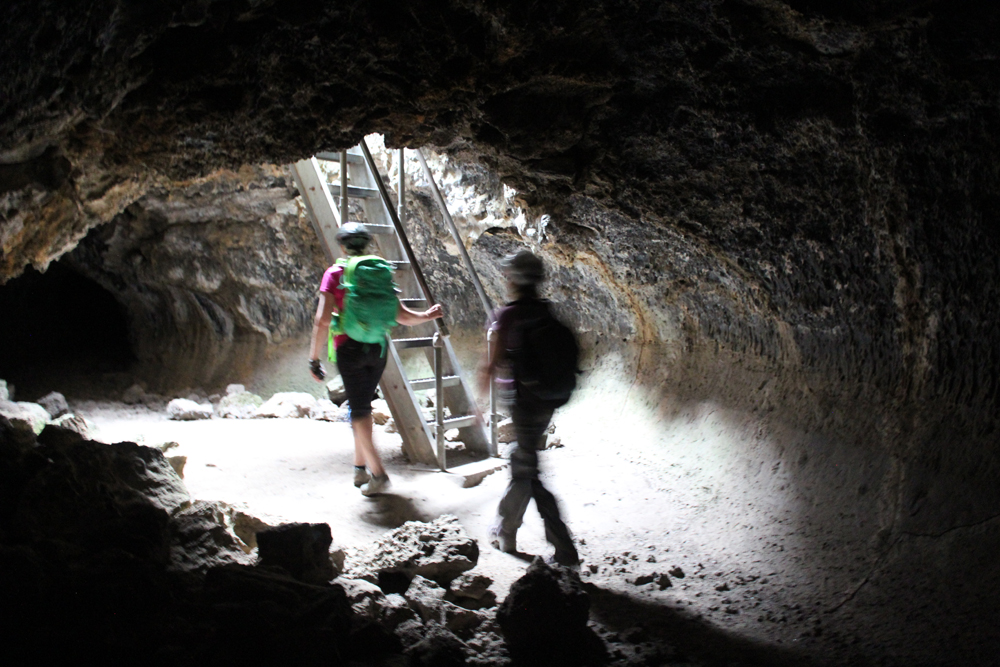
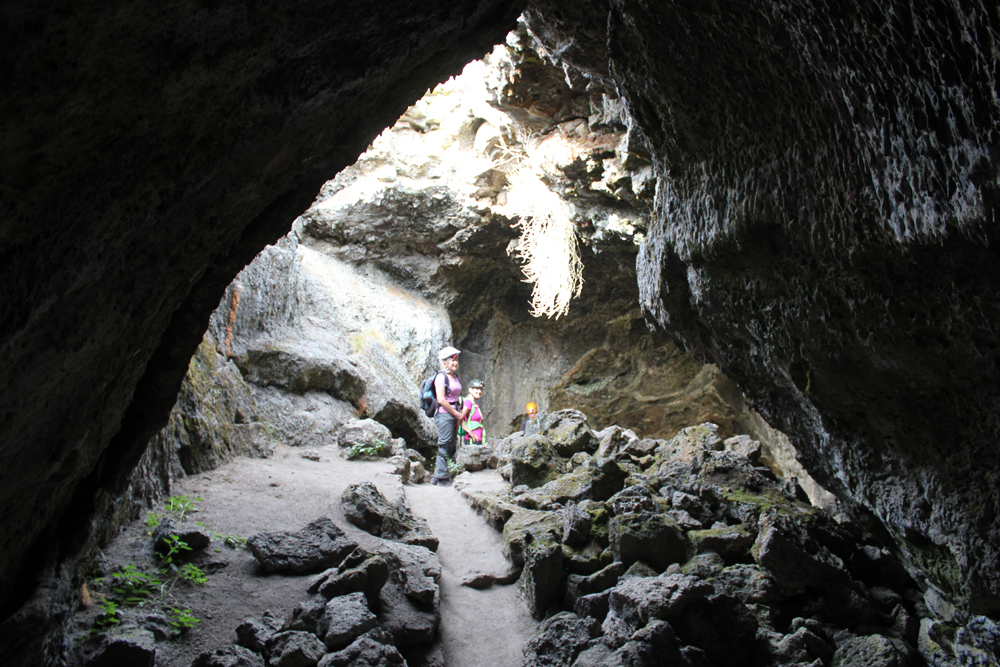
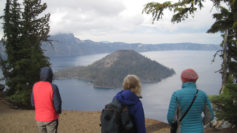
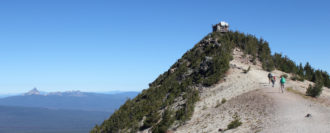
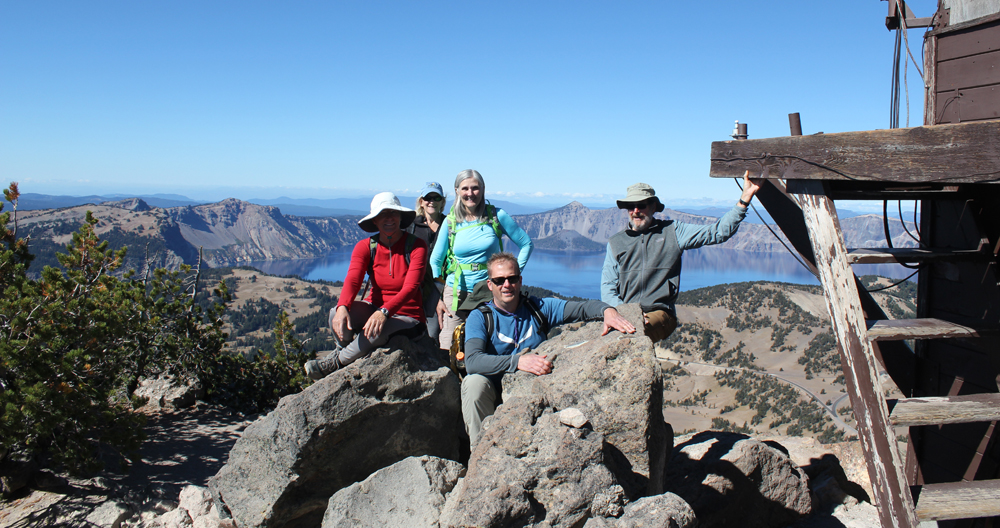

 On the way, we encountered several snowfields, one of which was very steep, but the stunning views from the top were well worth the extra effort in getting there. In the distance, Mount Scott was enticingly clear of snow, though we later learned it was impossible to reach because several miles of the eastern rim highway was closed for repairs. Returning down the mountainside we visited the small loop trail of Godfrey Glen where we collected trash that uncaring visitors had left. We collected enough garbage to fill a large bag! That evening we sat around the campfire and commented on the number of stars that were visible, where was the rain? All was calm until 2 am when the rain arrived and temperatures lowered to just above freezing. Our two members in their “good deal†tent had a cold and wet night.
On the way, we encountered several snowfields, one of which was very steep, but the stunning views from the top were well worth the extra effort in getting there. In the distance, Mount Scott was enticingly clear of snow, though we later learned it was impossible to reach because several miles of the eastern rim highway was closed for repairs. Returning down the mountainside we visited the small loop trail of Godfrey Glen where we collected trash that uncaring visitors had left. We collected enough garbage to fill a large bag! That evening we sat around the campfire and commented on the number of stars that were visible, where was the rain? All was calm until 2 am when the rain arrived and temperatures lowered to just above freezing. Our two members in their “good deal†tent had a cold and wet night. We explored the Visitor’s Center, the Sinnott Memorial Overlook (featuring an indoor exhibit room) and the gift shop to escape the fog, wind, rain, and occasional snow flurries. The fog was so thick we could not see the lake or a few hundred feet in front of us. In the afternoon we moved below the cloud line to hike the picturesque Annie Creek trail. Although a short hike, it was very picturesque. Laurie and Brad had reservations at the Crater Lake Lodge for dinner, they generously increased their table size to include all of us so we could get out of the rain and have some warm food. About 8 pm that evening the sky cleared and at first, the temperatures seemed warm. The group campfire that evening had just half of the group, the remainder had gone to bed early. The two members in the “good deal†tent had another cold and memorable night. In the middle of the night I awoke and was stunned by the visibility of the night sky – there were thousands of stars! My tent thermometer showed that temperatures had dropped into the upper twenties.
We explored the Visitor’s Center, the Sinnott Memorial Overlook (featuring an indoor exhibit room) and the gift shop to escape the fog, wind, rain, and occasional snow flurries. The fog was so thick we could not see the lake or a few hundred feet in front of us. In the afternoon we moved below the cloud line to hike the picturesque Annie Creek trail. Although a short hike, it was very picturesque. Laurie and Brad had reservations at the Crater Lake Lodge for dinner, they generously increased their table size to include all of us so we could get out of the rain and have some warm food. About 8 pm that evening the sky cleared and at first, the temperatures seemed warm. The group campfire that evening had just half of the group, the remainder had gone to bed early. The two members in the “good deal†tent had another cold and memorable night. In the middle of the night I awoke and was stunned by the visibility of the night sky – there were thousands of stars! My tent thermometer showed that temperatures had dropped into the upper twenties.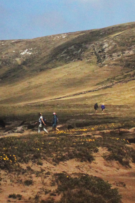

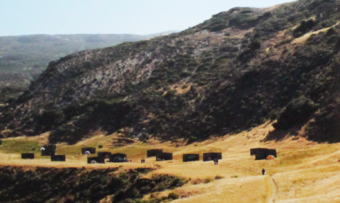
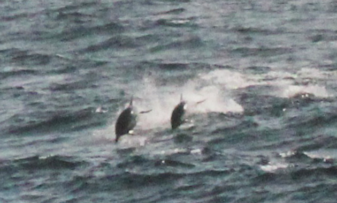
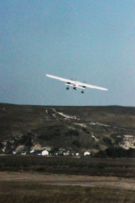

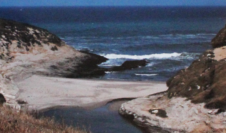 Â
 
 The Marin Headlands offers breathtaking views of the San Francisco area and Pacific Ocean. Join us on Saturday, May 16-17 as we explore the area around Point Bonita Lighthouse before hiking to Hawk Camp which overlooks the Gerbode valley. Sunday, we appreciate the 360 degree views of the bay area the Bobcat Trail offers before continuing to Rodeo Beach for an afternoon of beachcombing and exploration. One possible side trip includes the Marin Mammal Center which rehabiliatates marine creatures. Total hiking distance is 8 miles.
The Marin Headlands offers breathtaking views of the San Francisco area and Pacific Ocean. Join us on Saturday, May 16-17 as we explore the area around Point Bonita Lighthouse before hiking to Hawk Camp which overlooks the Gerbode valley. Sunday, we appreciate the 360 degree views of the bay area the Bobcat Trail offers before continuing to Rodeo Beach for an afternoon of beachcombing and exploration. One possible side trip includes the Marin Mammal Center which rehabiliatates marine creatures. Total hiking distance is 8 miles.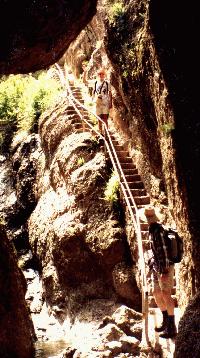 Join us for an 8-mile loop hike through the rugged spires of Pinnacles National Monument and caves. This is a fun but strenuous trip.
Join us for an 8-mile loop hike through the rugged spires of Pinnacles National Monument and caves. This is a fun but strenuous trip.